Providing ample opportunities to practice Pincer Grasp Activities for Toddlers is essential to help kids develop their fine motor skills. Involving your children with small objects to practice pincer grip is essential. Some important ways you can add these activities is to have children get used to griping pencils, crayons, tongs and more!
I wanted to provide opportunities to use these materials with printables.
This page will include all things fine motor skills printables and activities that you can use with materials found cheaply at Amazon and your dollar store.
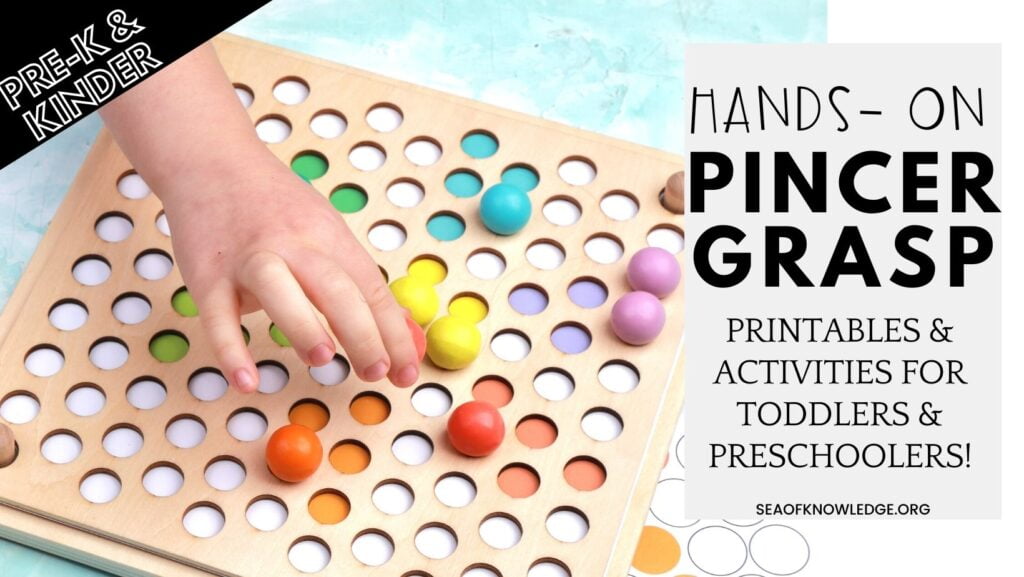
It’s essential to know the months of age that children react to these activities. For instance, giving a baby of six months something more advanced like matching small puzzle pieces won’t work.
What does the occupational therapist do?
Sometimes, occupational therapists are needed when students need more hands-on and specialised help working on their fine motor skills.
The therapist may give the child pre-writing tracing lines activities, simple activities like zip up and down and more.
With observation, the child will begin to use their finger muscles as well as their middle finger to hold and grasp things.
Some of my favorite small object materials to develop good pincer grasp skills:
This is how they work on their pincer grip. It’s a great way to improve the use of the muscles in their fingers. Have them pick up and use small items (but of course with supervision)!
I know it’s difficult to give a young toddler activities with smaller objects, but sometimes this is the best way to have them work on their skills.
For instance, this sticker matching activity for babies 18 months old will help them pinch and grip the stickers to remove and paste them. These activities and like all others, of course, will need to be supervised.
Some of my favorite small object materials to develop good pincer grasp skills:
This is how they work on their pincer grip.
I know it’s difficult to give a young toddler activities with smaller objects, but sometimes this is the best way to have them work on their skills.
For instance, this sticker matching activity for babies 18 months old will help them pinch and grip the stickers to remove and paste them. These activities and like all others, of course, will need to be supervised.
What are pincer grasp activities?
There are free Pincer Grasp Activities Printables on this page under this heading, this section below will house all the printables you can get for FREE.
However, I do have quite a lot of printables included in my monthly membership which houses thematic fine motor printables for little kids. So, you will see some activities for those below.
A child’s grasp is an important determiner in their ability to engage with their environment and others around them.
This grasp helps kids eventually learn how to feed themselves using a fork and a spoon, zipping up their jackets and school bags, creating artworks, scribbling, and eventually forming letters and numbers and writing legibly.
Adding some activities like this fine motor pipe cleaner dinosaur activity below with pipe cleaners, will help children use their whole hand to pinch the pipe into the hole.
Another way is of course to use small toys like sticker books and play dough to improve the small muscles and hand muscles alternatively.
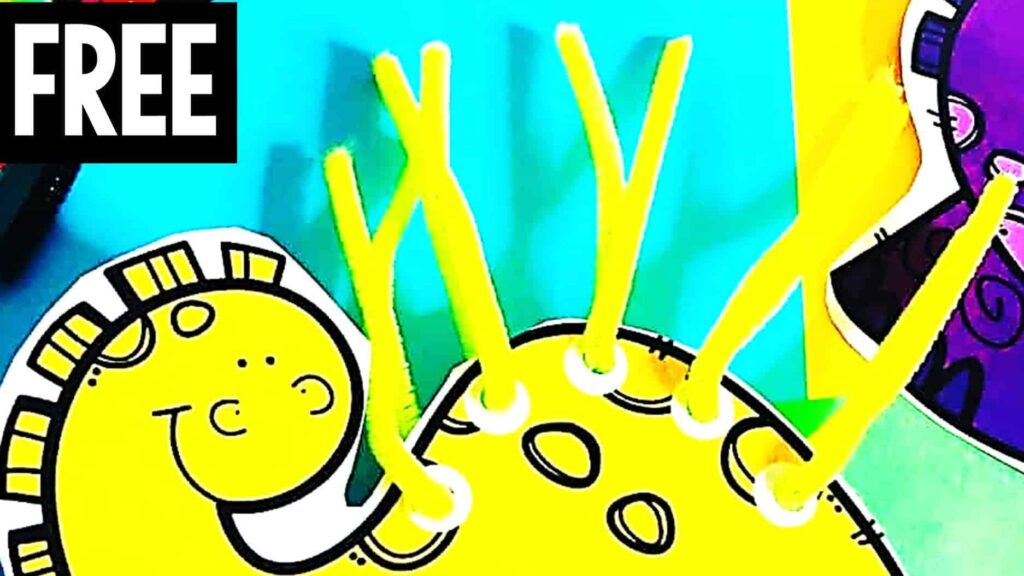
The pencil grasp is probably the most important component of mastering this trick, however kids don’t naturally learn it once and master it.
They need plenty of practice to help them develop this skill over time.
Play Dough Activities
Another way you could help your child develop the important life skill and pincer grasp is to give them practice on pinching and playing with play dough and fine motor activities.
The best thing about playdough is that it actively improves hand muscles and small muscles, so that a child can improve their grip as they pinch the dough and play with making new shapes.
I’ve included a huge list of play dough printables which I house on this page for you to download and use with your students and children.
How can you help your baby develop proper pincer grasp skills?
Babies naturally start to pick up and move things around even before they are one.
That is a great indicator that they are ready for some basic pincer grasp activities!
A pincer grasp simply means that the thumb and the index finger come together easily in an attempt to pick up small objects, zip things, button shirts write etc.
Before babies develop this skill, they will use their whole hand using their palms to pick up objects and food items.
Some ways you could encourage your baby to use their smaller hand and finger muscles:
- Create opportunities to pull and squeeze something. For instance, you could use this super cute hedgehog pull and squeeze game or toy that babies will naturally be drawn to. Have them use their grasp to add the ‘spikes’ for the hedgehog into the holes.
- Allow your baby to play with baby safe foods that are small. For instance, these pasta shells are large (babies need to be supervised when playing with any small objects like these), however they encourage your baby to use the tips of their fingers to grab the small items and move them around.
- When reading books, help your baby point to things. Ask them; “Where is the green sheep?“, use this super popular best seller to teach them all about colors at that age AND practice their pincer grasp but pointing.
- Play with different shaped toys. Babies will naturally start to use their fingers and hands to grab objects they want to carry, they can even carry small bottles at this age! Have them play with their large tubes, they help force them to use their hand and fingers to grab the full tube.
Pincer Grasp Activities for Toddlers
When babies turn into toddlers, you’re probably managing quite a bit of juggling, plus babies learning to walk and teething.
This can really dampen the whole ‘let’s try and give our child some pincer grasp activities’, however this essential skills is critical to their development just like toilet training it.
How well your child develops their grasp is a direct link to how well they will be able to fine tune their handwriting and gripping.
Also drawing and basic fine motor activities which require ample opportunities to help them develop these skills.
Below you will find links to activities you can try to help your toddler develop pincer grasp skills.
Please note, that these activities are printables.
So you will need to download them and print them out and use them with materials like crayons, pencils, plastic links, play dough and more. I will link my favourite materials to use with each activity too.
- 40+ of the Best Arts and Crafts Name Ideas: Fine Motor Activities. Toddlers will love these printable arts and craft name ideas. Teach them to read and write their names with simple materials you have on hand.
- One of the activities I LOVE is using small or medium dot stickers, this activity below can be used by toddlers aged betwen 2-3 to help them recognise their names in print AND practice pincer grasp by pinching the dot stickers and placing them on each letter in their name.
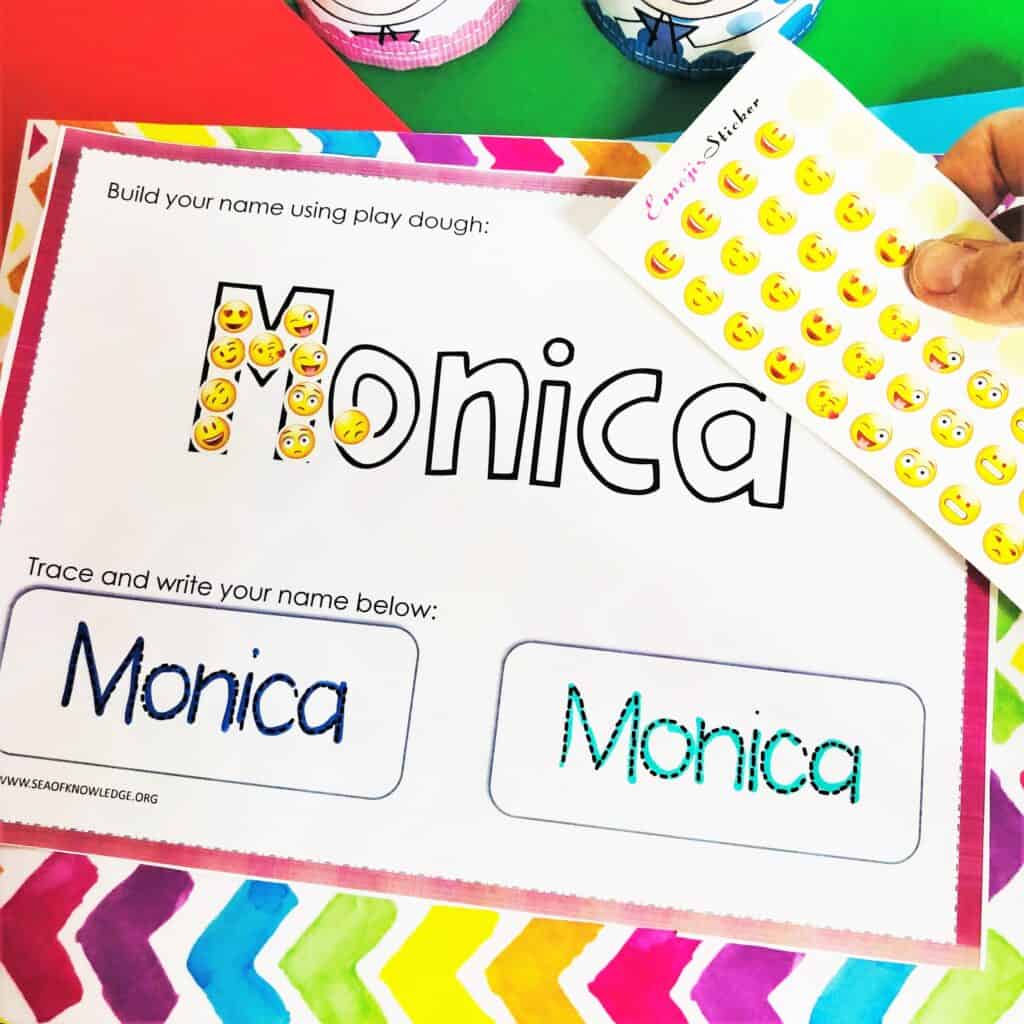
- Check out this pencil control tracing activity (camping theme): print these and keep them in a busy bag for repeated use.
- Dinosaur Pre-Writing Practice Tracing Pages: these pages are also perfect for pre-writing practice for toddlers.
- Hands on Groundhog Day Color Page Name Crafts: This cut and paste name craft will have the child working on using the pionter finger to paste the boxes in their names in order. They will also need to use their fingers to cut and paste.
- Chasing Rainbows Pre-writing Activities for Preschoolers They will LOVE: these printables also involve activities where kids will use the tips of their fingers to complete some pre-writing activities.
- Color Sort Fine Motor Christmas Activities Elf Station: this super cute station involves toddlers grasping the pom poms and then color sorting them. These small balls or even wooden blocks are a great way to incorporate fine motor into your daily routine.
Check out these super easy pincer grasp activities for young children:
By the time baby’s first birthday arrives, you would have collected most of these materials in your home, that’s the best part about this section!
These fun activities are a great way to help little fingers explore a variety of textures, use their pinching motion in a controlled manner.
- Sometimes just giving toddlers and preschoolers some tissue paper to tear up (again with supervision) because they can easily put this in their mouths. You will notice an incredible important milestone when your child is able to tear up the tissue paper.
- Another one is using a spray bottle where kids will usually have an inferior pincer grasp to be able to spray with the nozzle, but this action of trying to pinch the spray bottle will in turn have them using their pointer finger and hand-eye coordination alike to get them working on those little hand muscles.
- Cotton balls are an easy eay to have toddlers practicing their pincer grasp early. They begin exploring their balls with the pads of their fingers in a fun way! Have them fill up a container with cotton balls, pinching the balls to add them inside a tissue box (an empty one) and more. Of course, the use of tiny objects requires supervision for toddlers.
- Thought about finger foods to help your toddler with pincer grasp? Small food items are a great idea! You can use the small letter pasta they are perfect for language skills and for pincer grasp training, small bits of food need to be surpervised with toddlers, so make sure you are watching them as they explore the textures and work with their fingers to pinch the food and grab it to eat.
- Older children will benefit from important fine motor skill practice using larger items like a water squirt gun, tongs and blocks of various sizes. So don’t be afraid to take a look at your toy store or thrift store for these toys.
- A piece of paper works the same way as the tissue paper above. Just make sure you are watching the child as the paper can be a choking hazard. Its a great thing to be watching the use of pincer grasp, but be wary of how many pieces they are picking up and whether they are using their pinky finger or the whole hand. Coordination of the index finger is an important one to watch too, and it’s a huge milestone once they’re able to do this!
- Board books are a great start to incorporate basic fine motor skill, so start there if you’re not sure where to start!
Pincer Grasp Activities for Preschoolers
The list of activities below include activities which you can use with preschoolers learning to work their finger muscles.
Some of these activities also include ways in which you can incorporate alphabet formation and math skills too which preschoolers are working on.
- Counting by 10s 100 Days School Balloon Cards Fine Motor
- Q-tip Painting Sight Words A Fine Motor Activity
- Counting by 10s 100 Days School Balloon Cards Fine Motor
- Bus Alphabet Matching Cards – Fine Motor Links!
- Fantastic Fine Motor Easter Centers for Preschoolers!
- Winter Fine Motor Skills for 3 Year Olds – Fantastic Centers and Free Downloads!
- How to Improve Fine Motor Skills – Camping Tracing Strips
- February Preschool Centers and Fine Motor Activities
- Pincer Grasp Activities 4 Year Olds – Colour Match and Clip Wheel
- Childhood Fine Motor Activities – 25 Apple Activities You Don’t Want to Miss!
- Fine Motor Pom Pom Ice Cream Cones
- Fantastic Preschool Fine Motor Christmas Centers and Activities Hands-on Fun Busy Tubs!
- 23 Christmas Fine Motor Activities
- Montessori Inspired Fine Motor Color Sort
Activities to help develop fine motor skills in February
For instance, these activities help kids develop pencil grasp (by coloring and identifying their names.
They also develop small finger muscles by using the pinching technique to use addition skills and add the chips onto the groundhog templates.
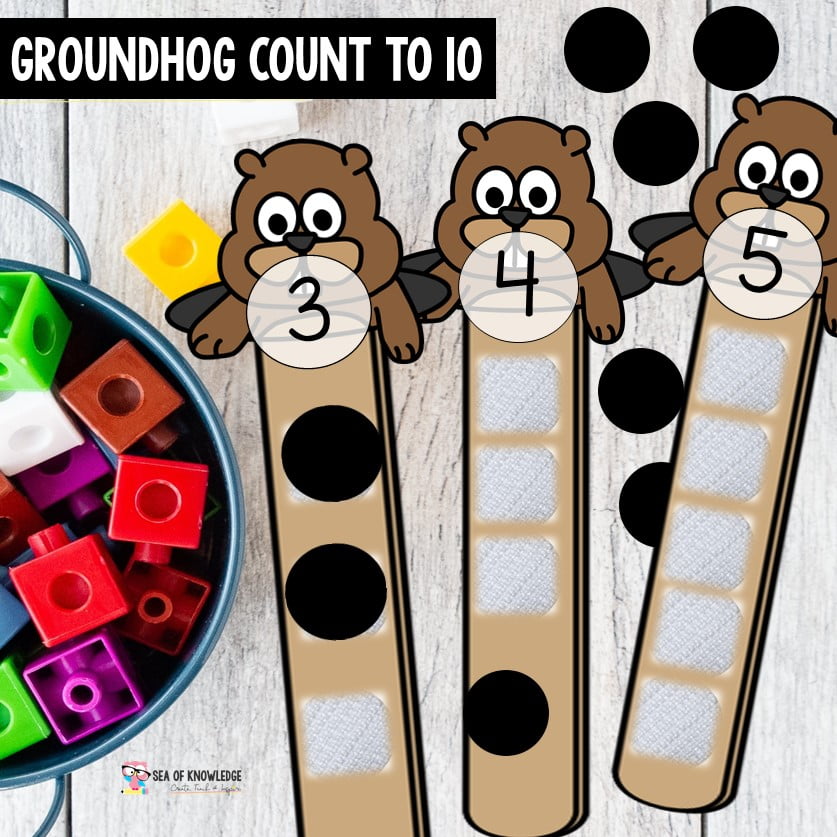
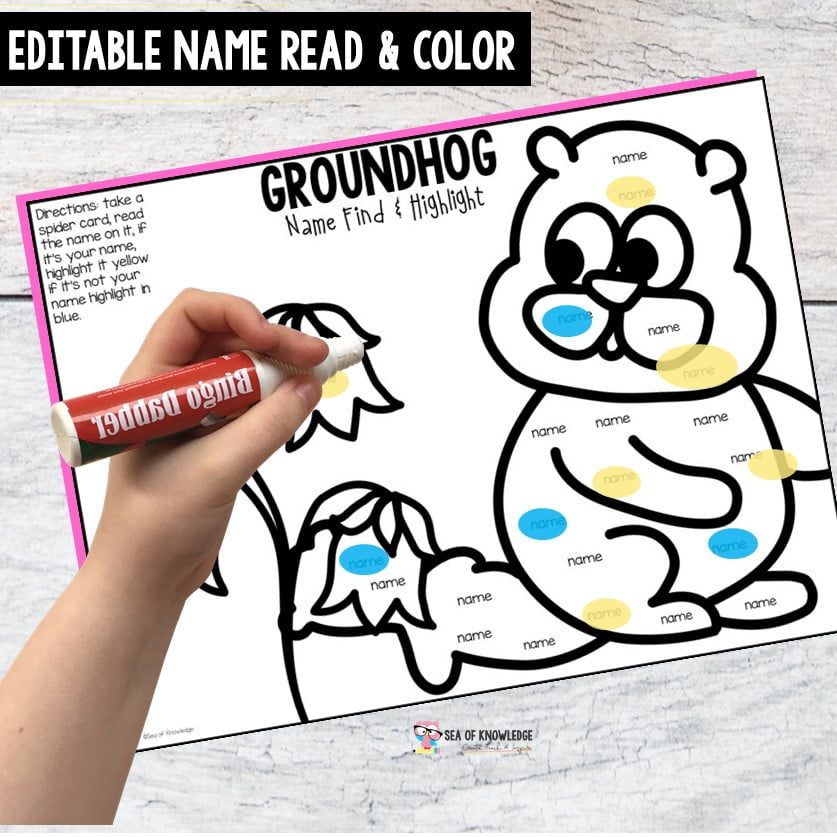
Activities to help develop fine motor skills in March
These activities below are included in the March Fine Motor Print & Play Club.
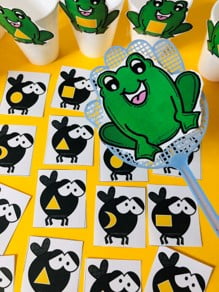
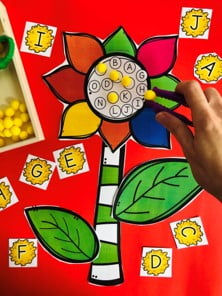
Why is it important to have good pincer grasp skills?
Promoting these skills help kids develop better grasp on their hands and hence activities like zipping up their clothes, bags, and even writing becomes easier later on.
These activities help promote important fine motor skills, using pegs and tongs, kids can pinch the ‘chicks’ below and place them into the egg carton based on the pattern seen on the card.
For the chicken and egg hatching activity, kids use pegs to match the beginning sound to the letter on the egg.
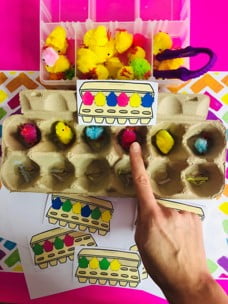
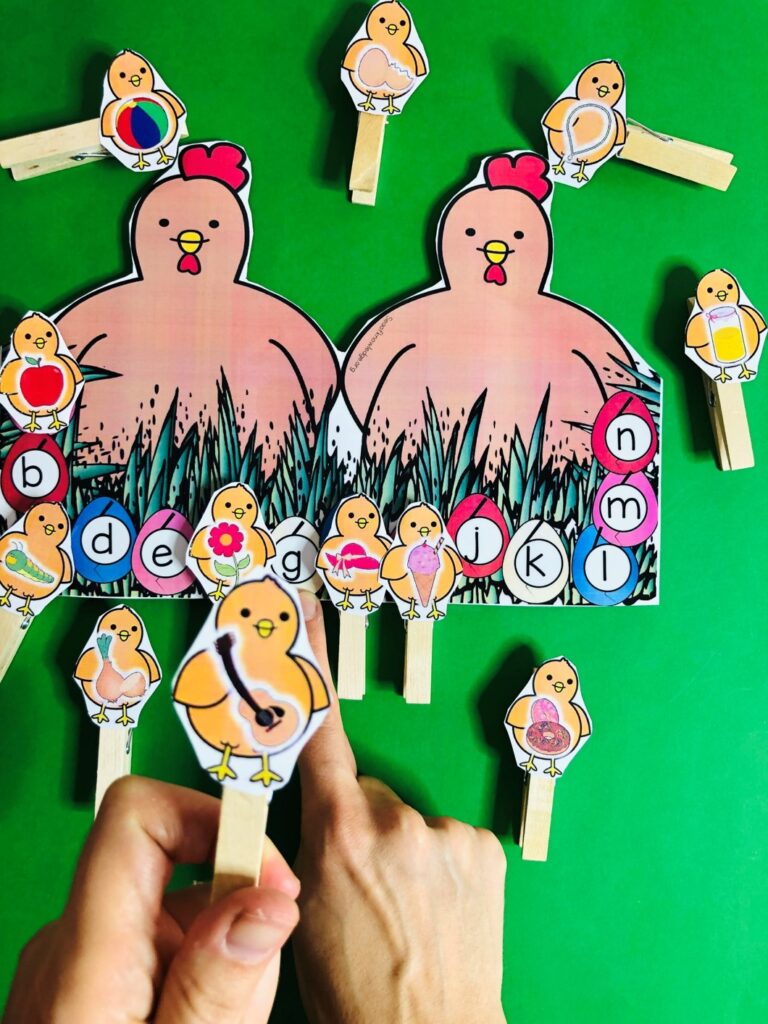
Bookmark this page, and come back often to get updates on more free printables and fine motor skills to imrpove pincer grasp.


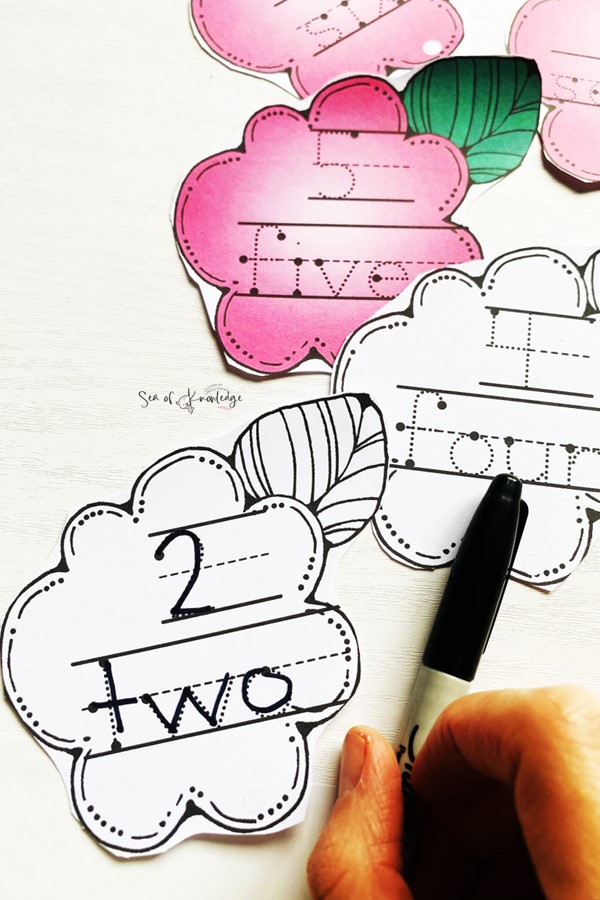

![10 Best Kindergarten Color Activities [Cute Crayon Craft and More]](https://www.seaofknowledge.org/wp-content/uploads/2024/02/Kindergarten-Color-Activities-4.jpg)
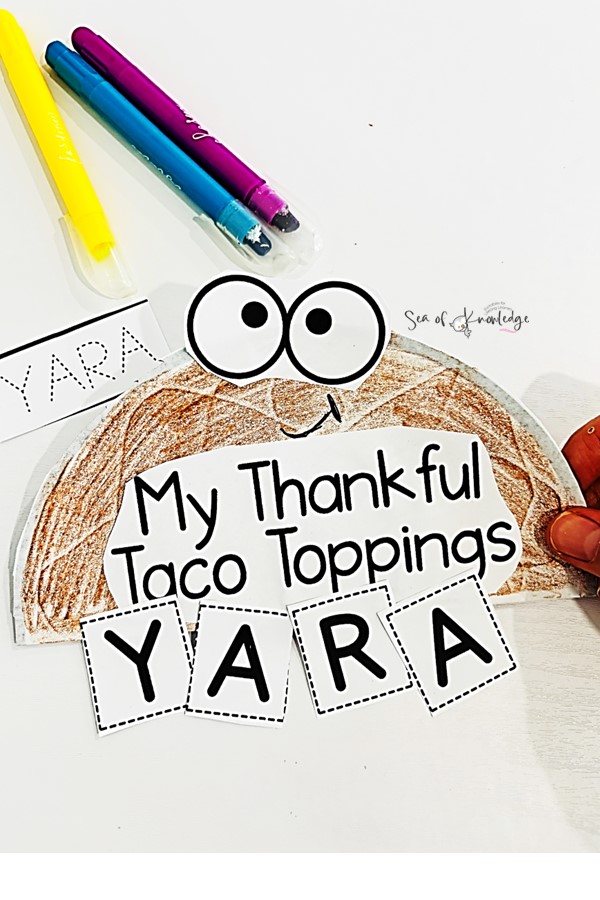

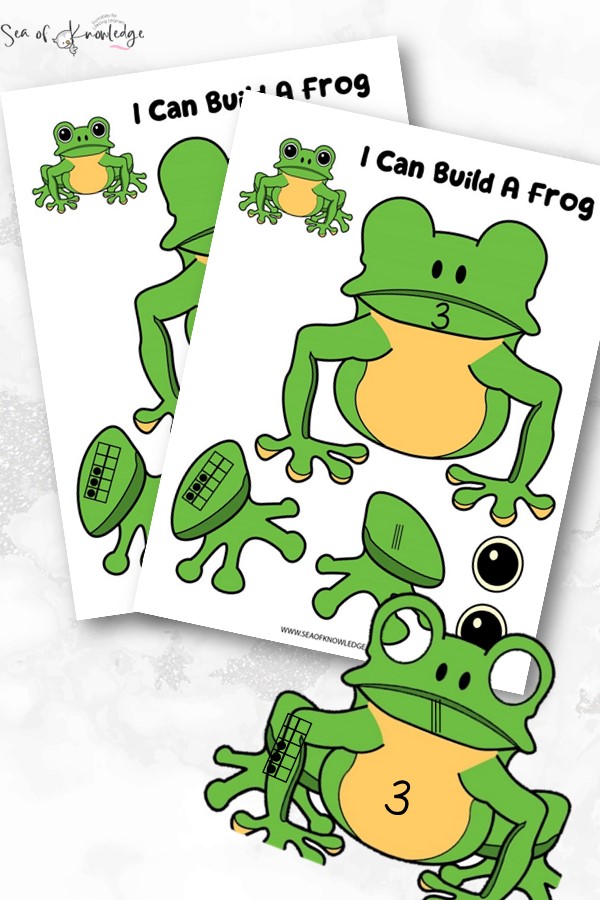
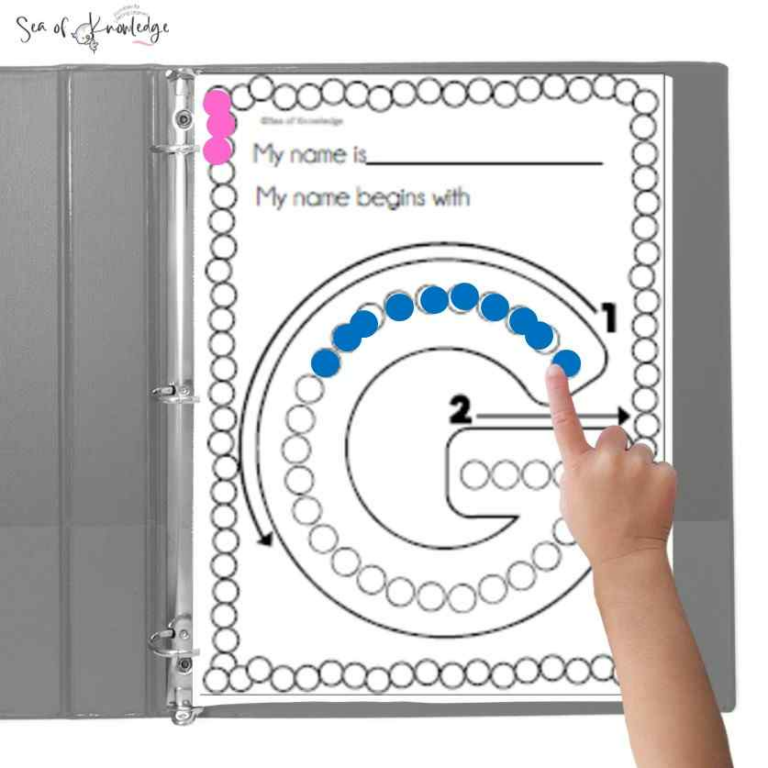
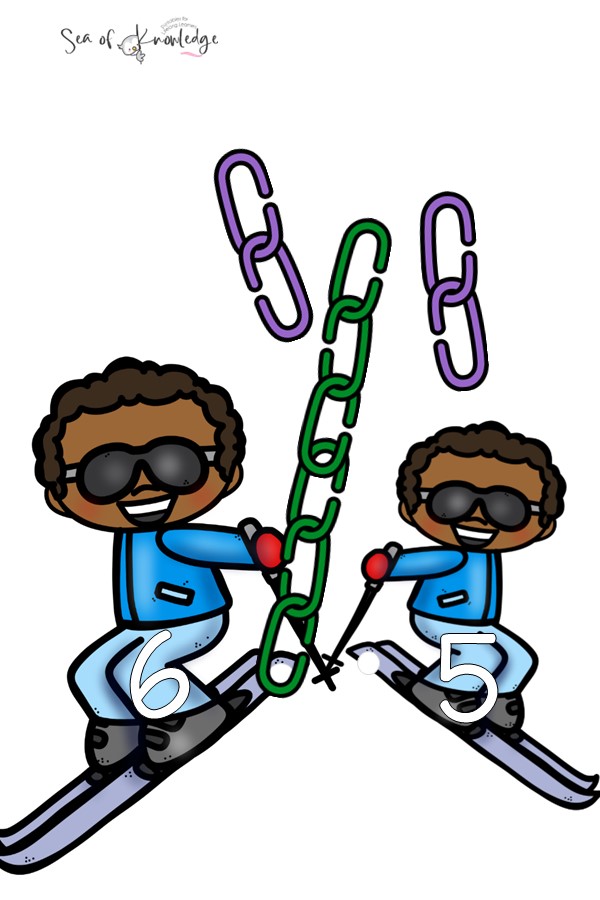
![Preschool Santa Craft [Teaching Good Behavior Through Festive Fun!]](https://www.seaofknowledge.org/wp-content/uploads/2023/12/preschool-santa-craft-SEL-2.jpg)
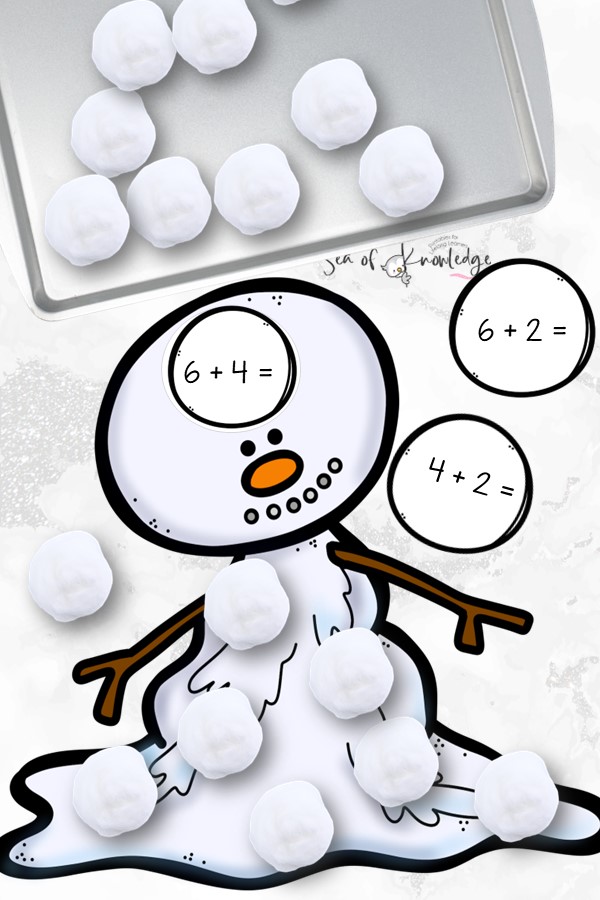
![Easy Christmas Name Craft for Toddlers [Cute Elf Lights Template]](https://www.seaofknowledge.org/wp-content/uploads/2023/11/Easy-Christmas-Name-Craft-for-Toddlers-3-1.jpg)
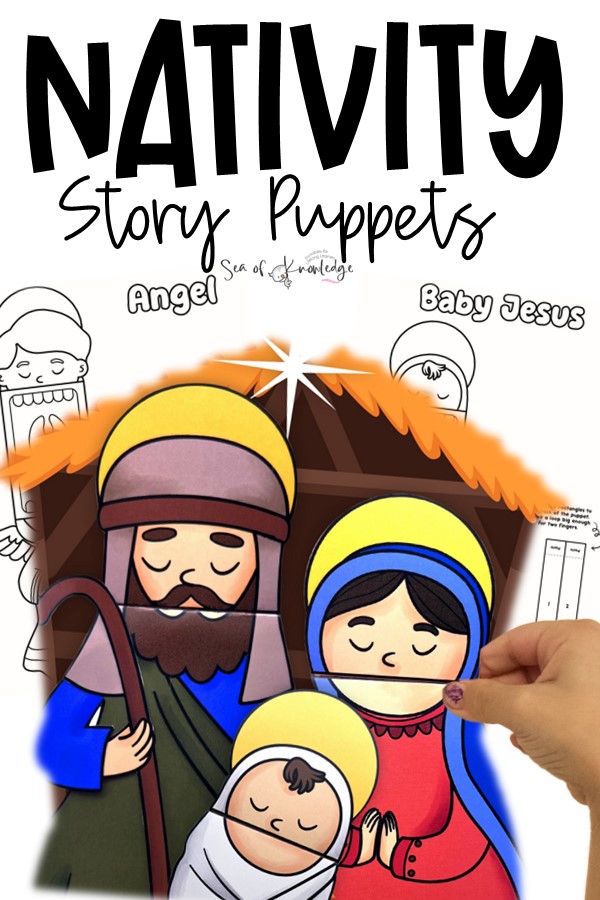
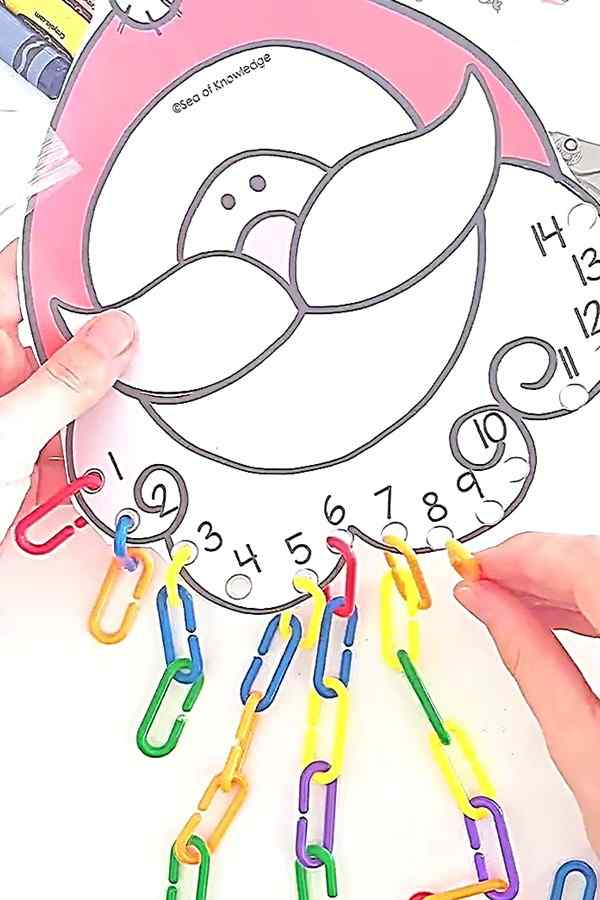
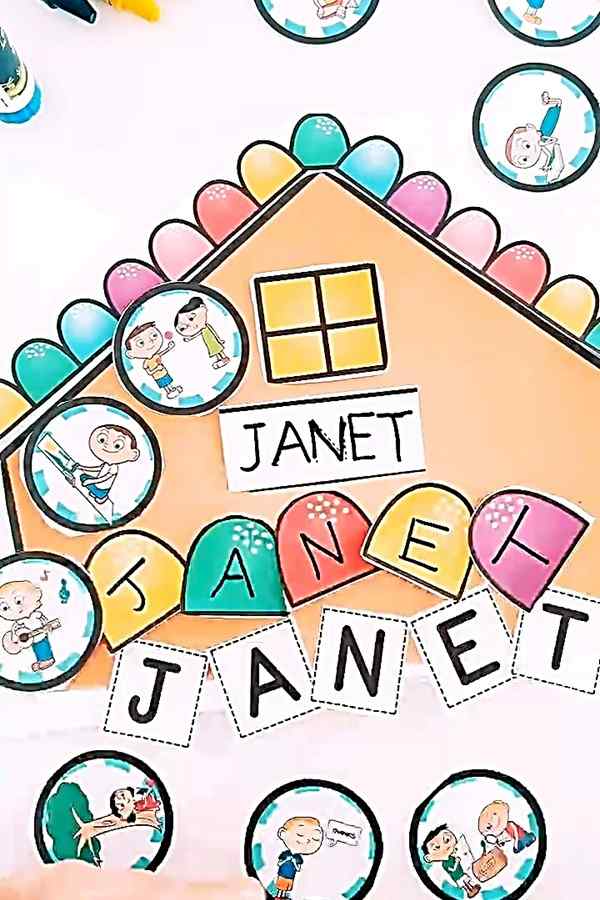
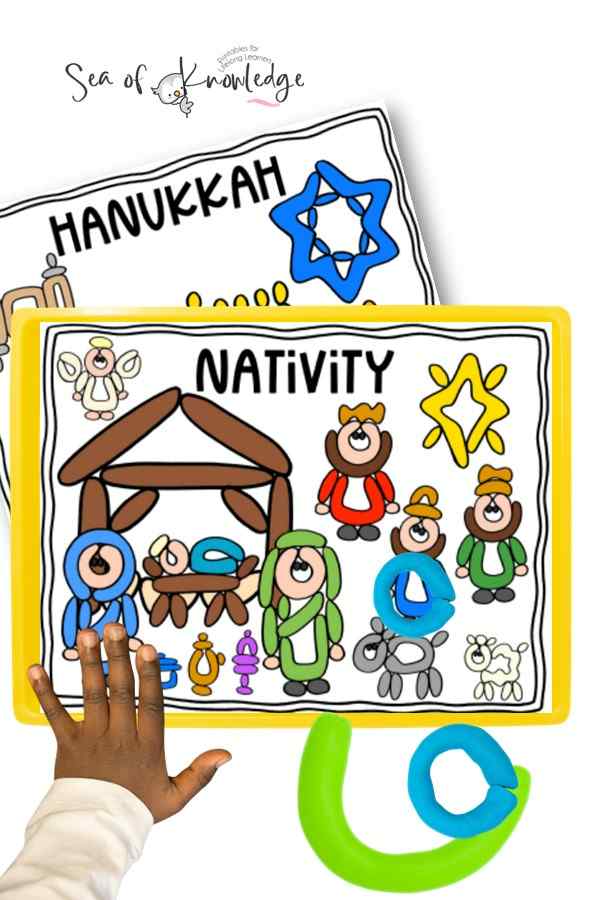
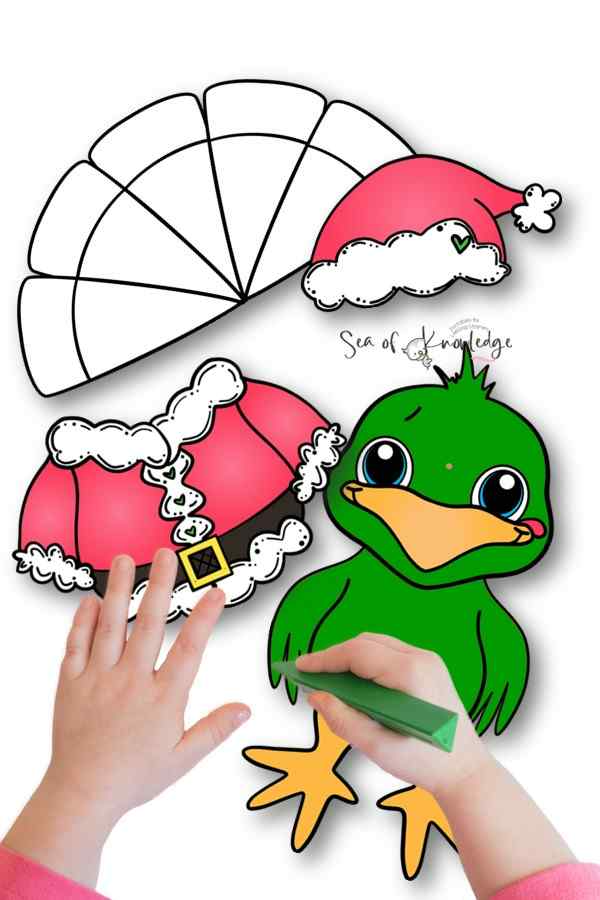
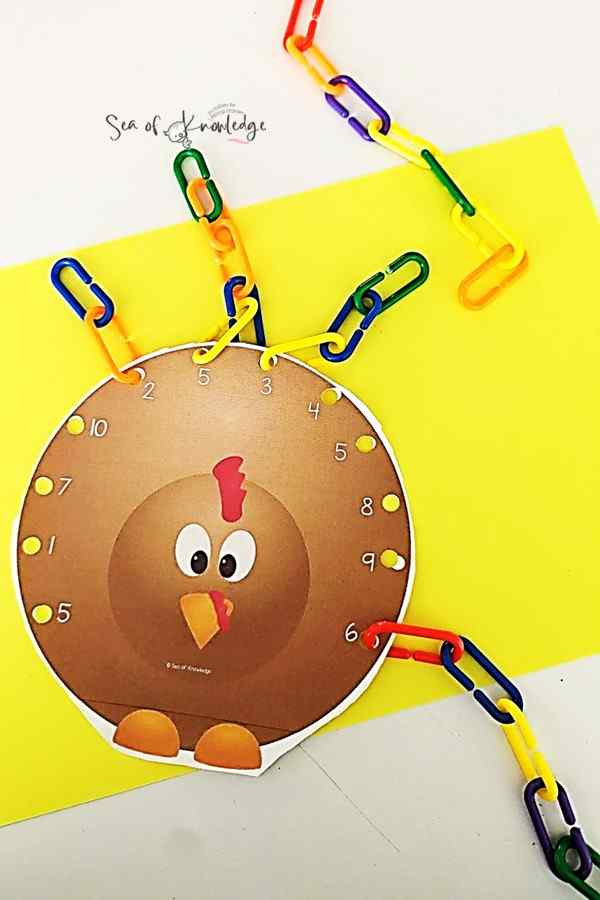
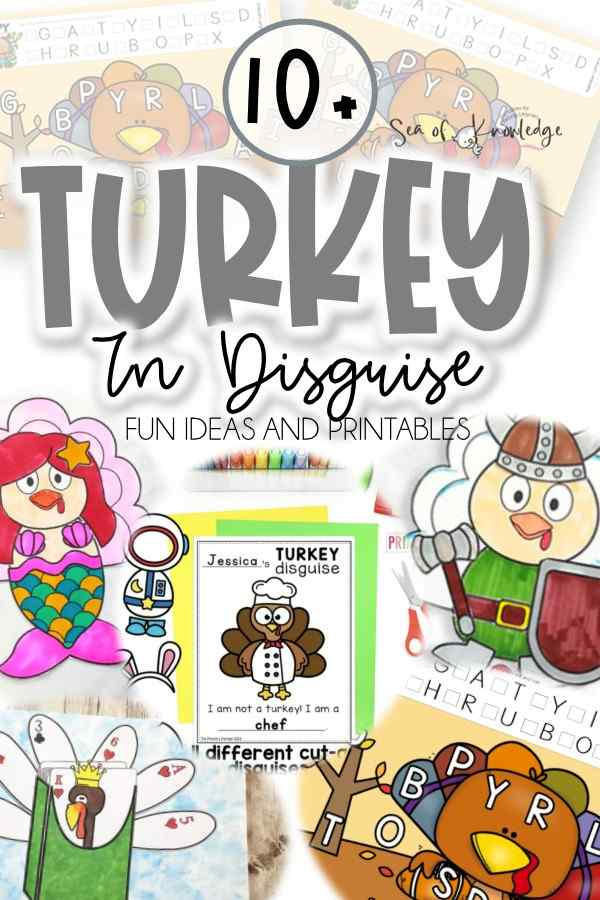

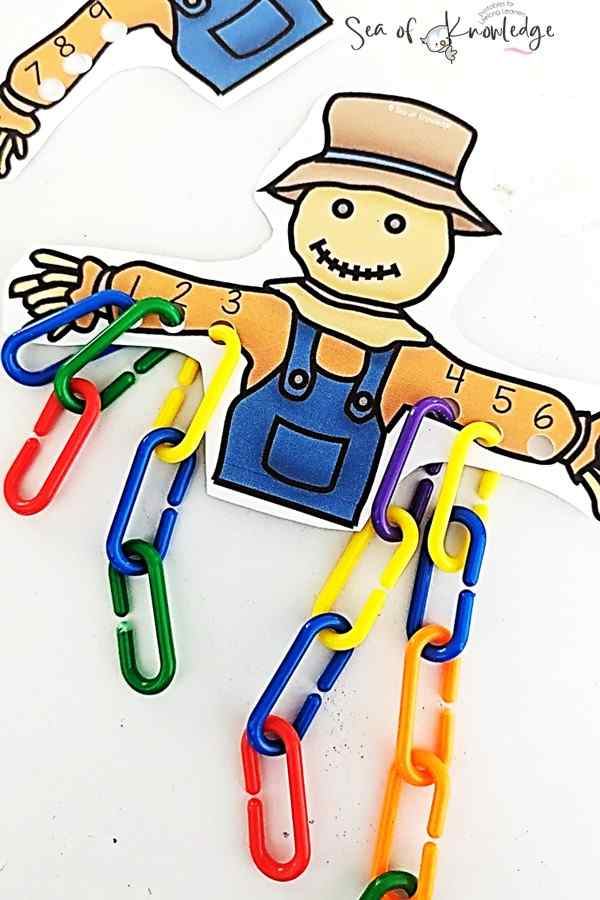
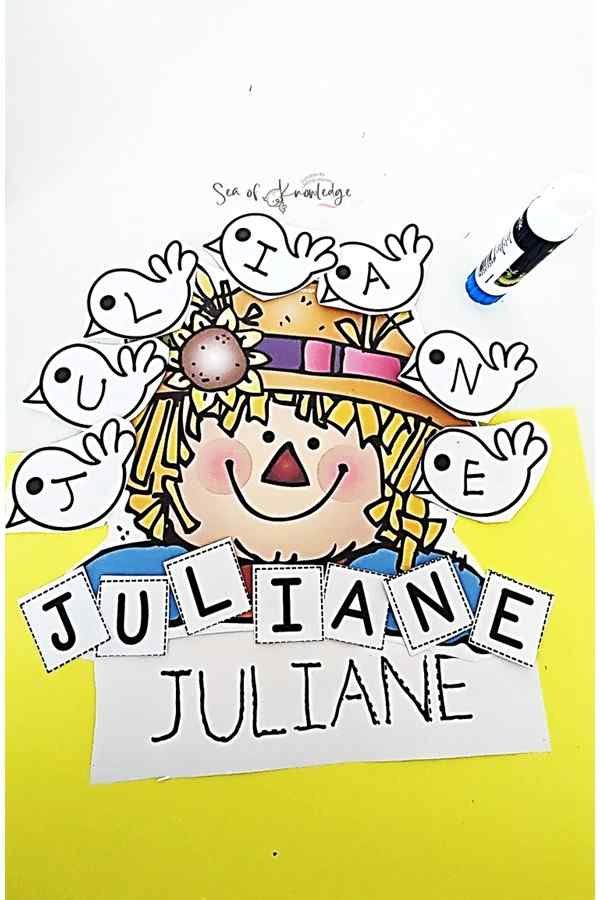
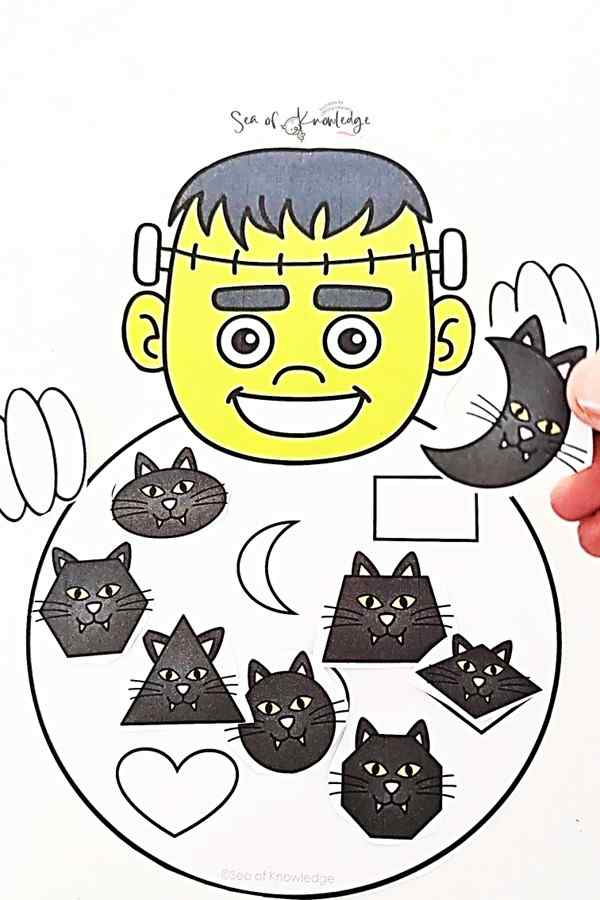
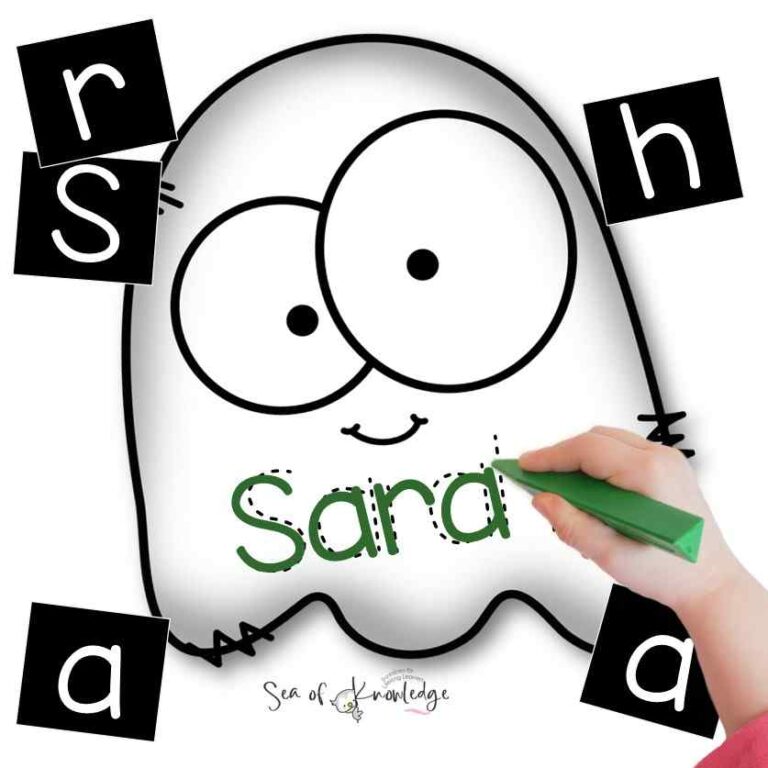
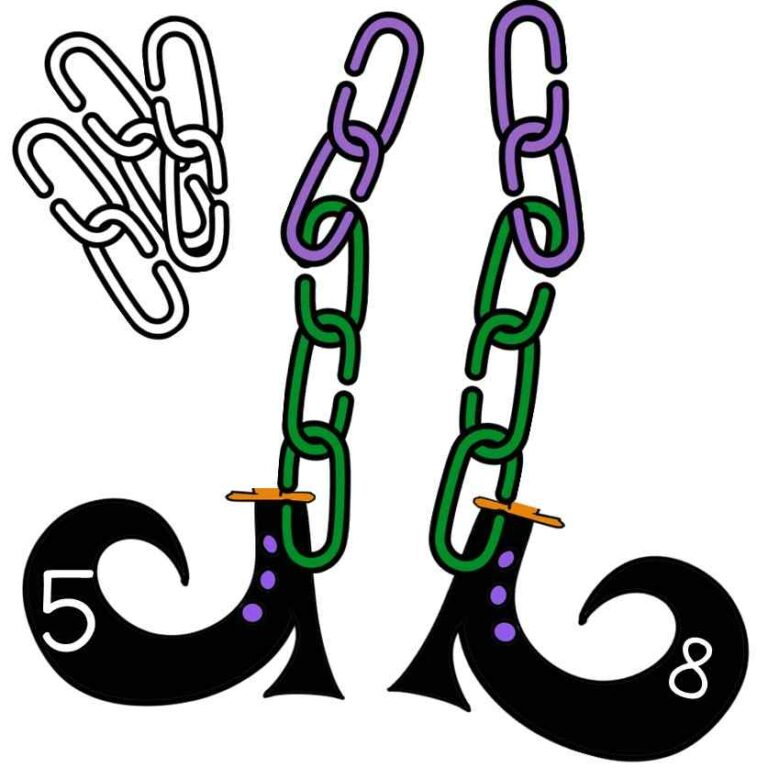

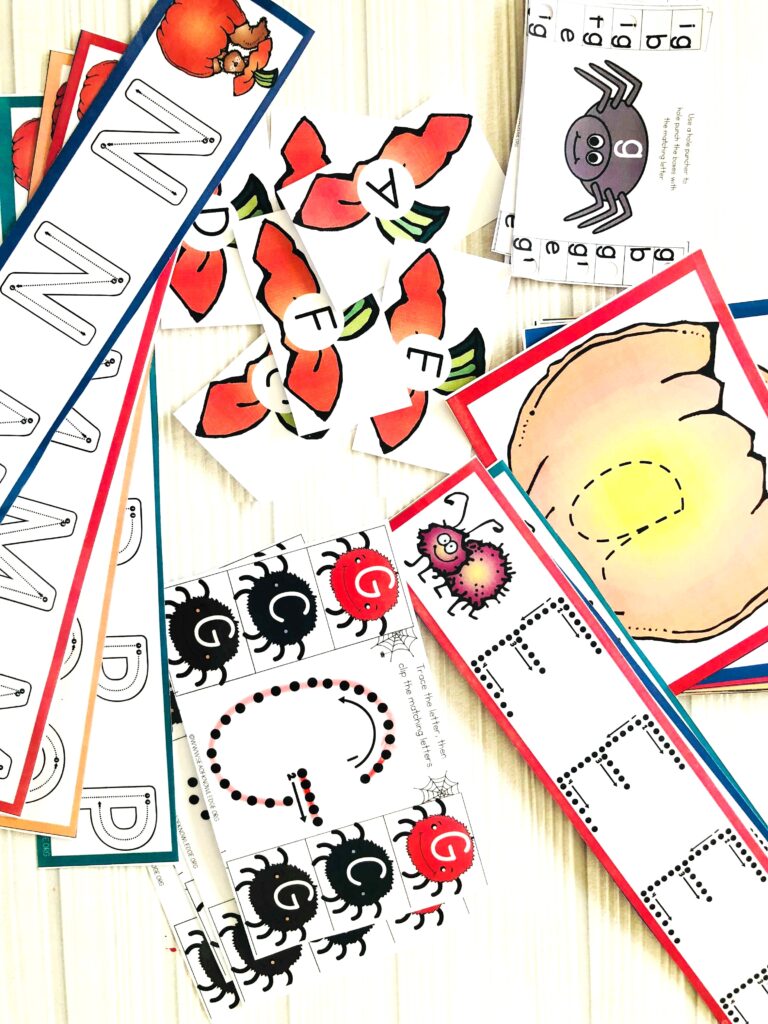
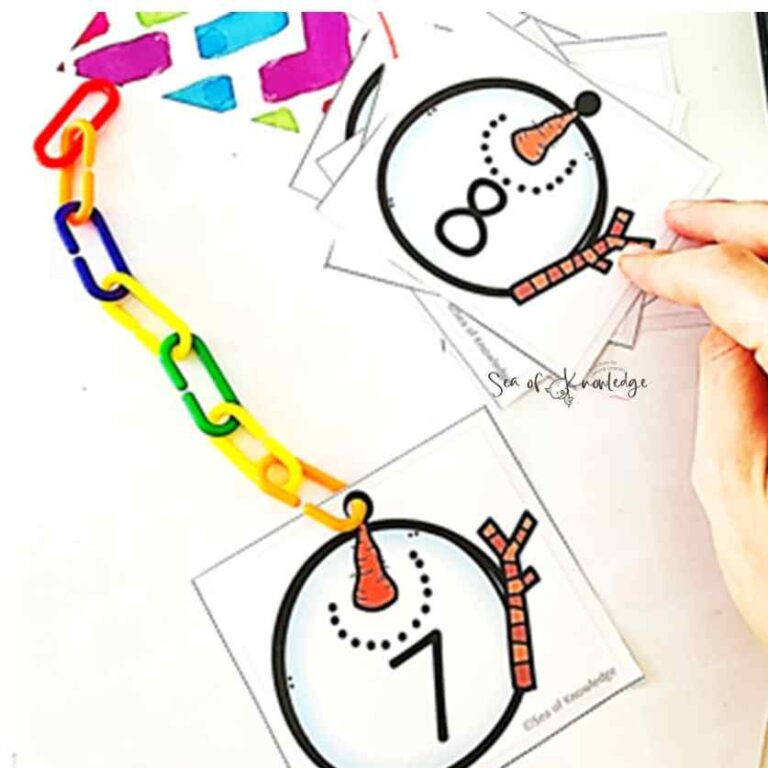
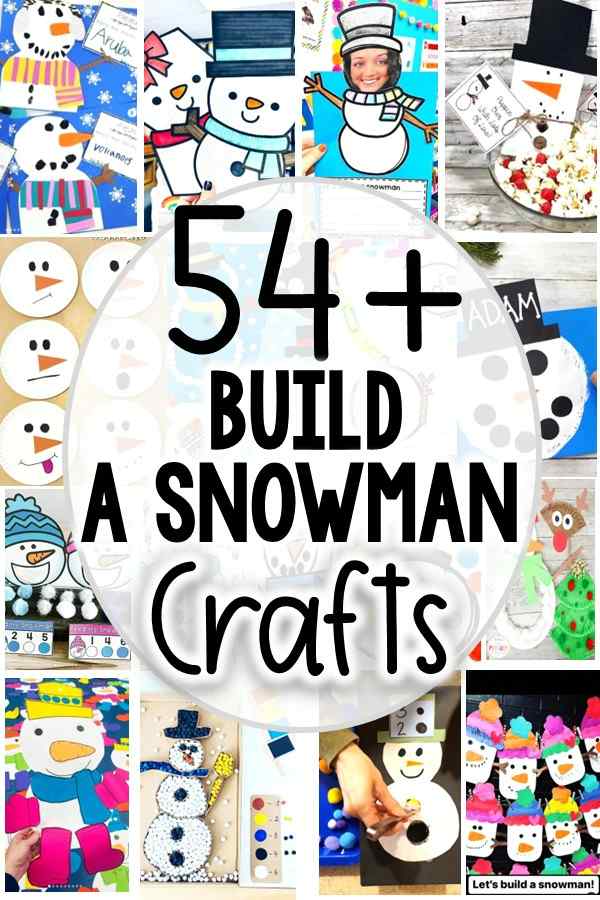
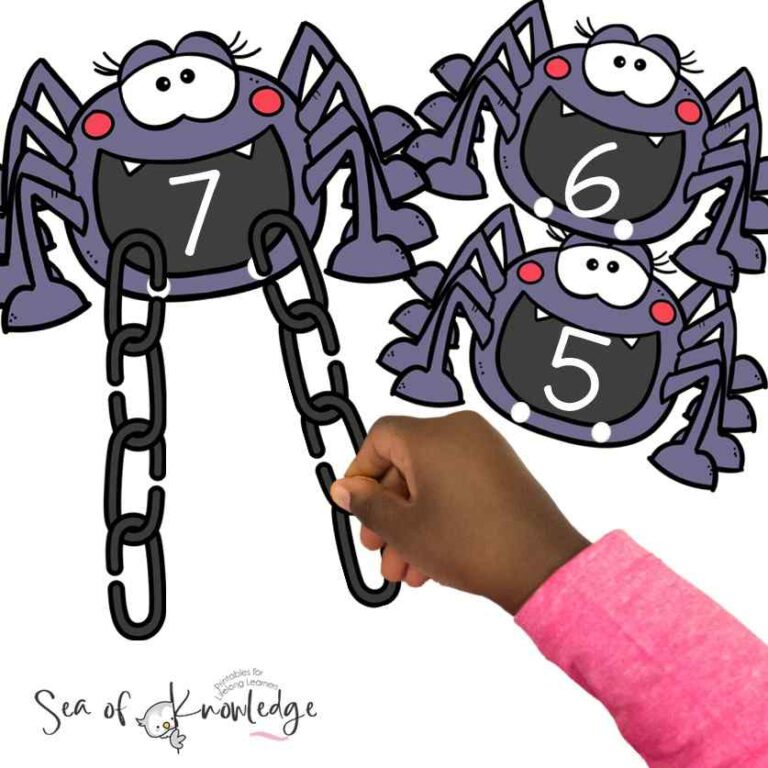
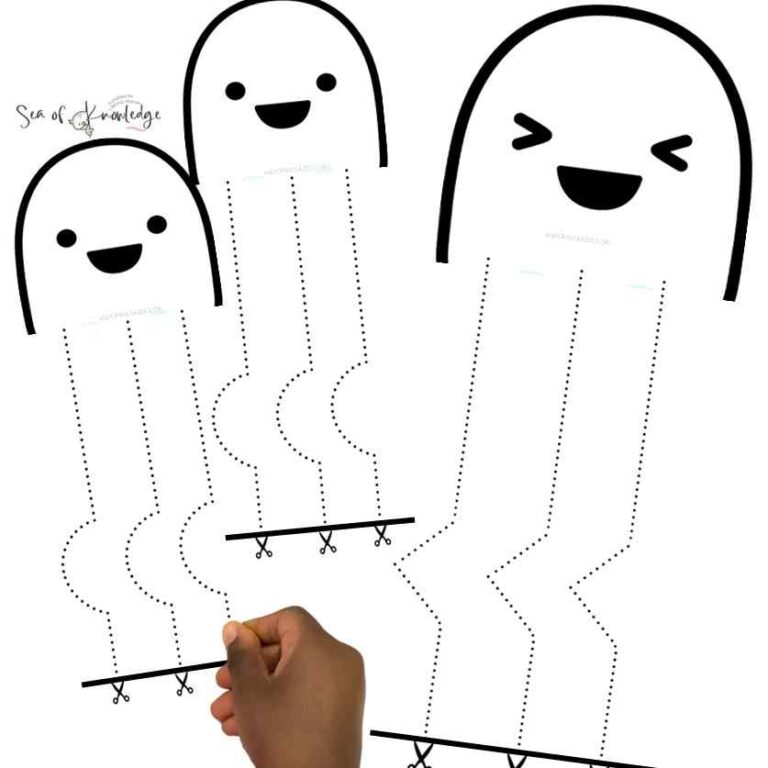
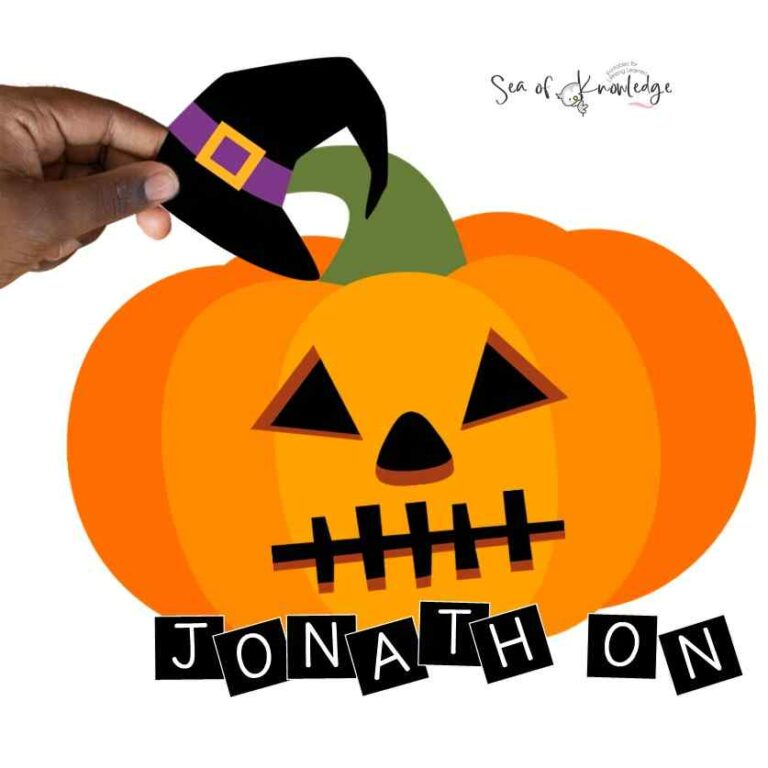
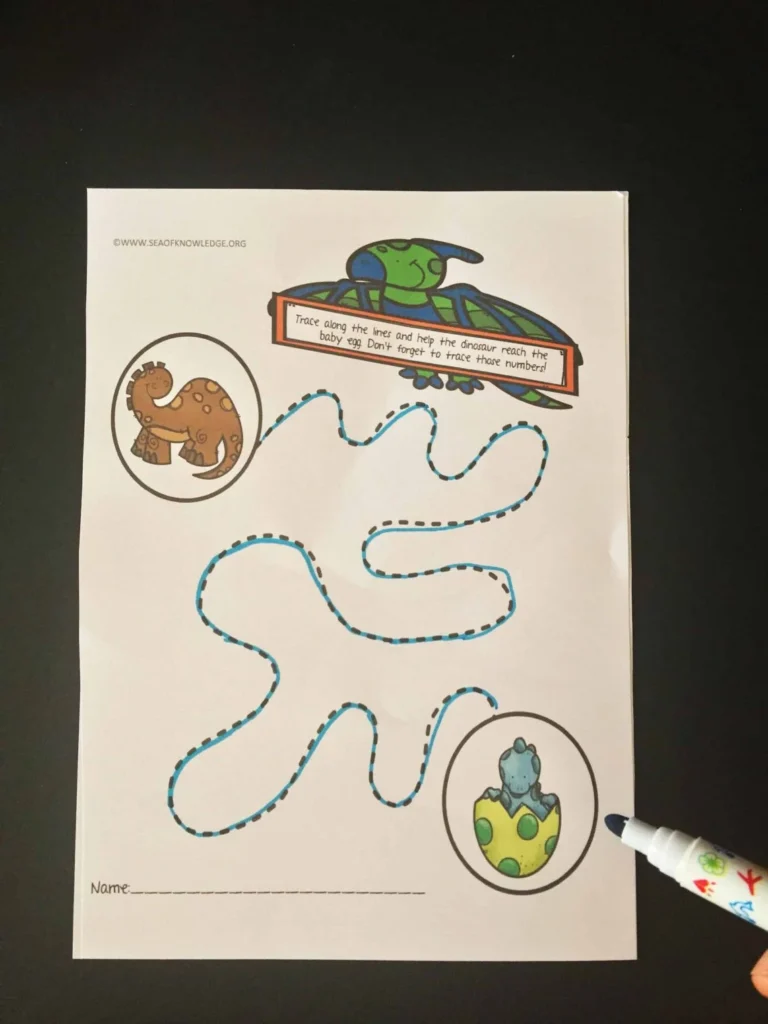
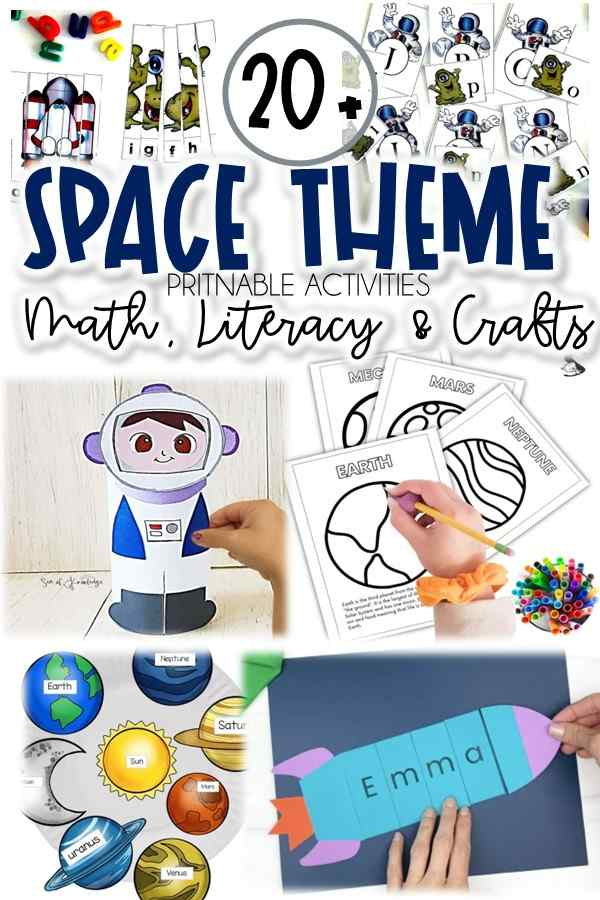
![30 October Kindergarten Activities [Free Printables]](https://www.seaofknowledge.org/wp-content/uploads/2023/09/Sight-Word-Acorn-Craft-2-768x768.jpg)
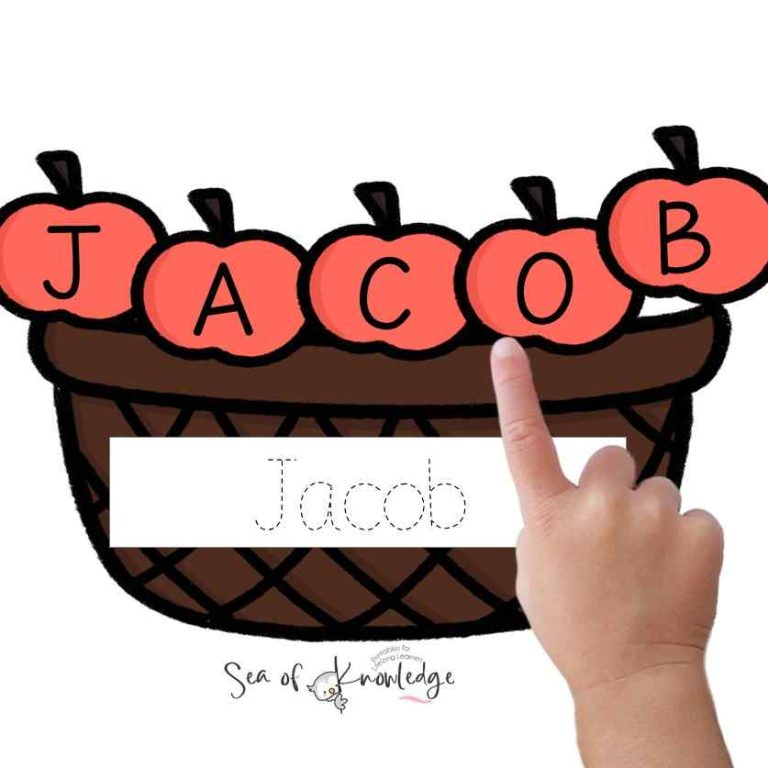
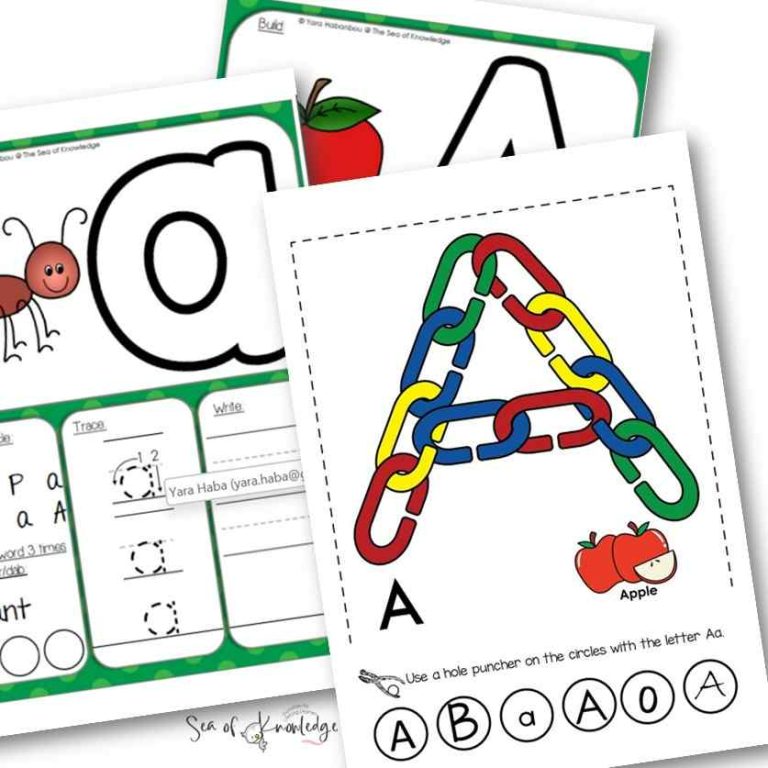
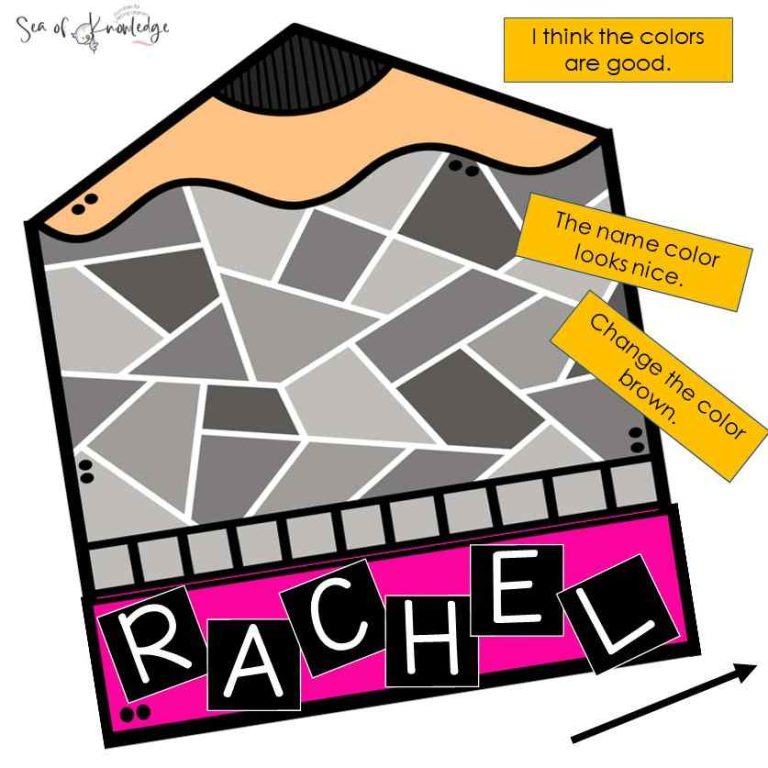
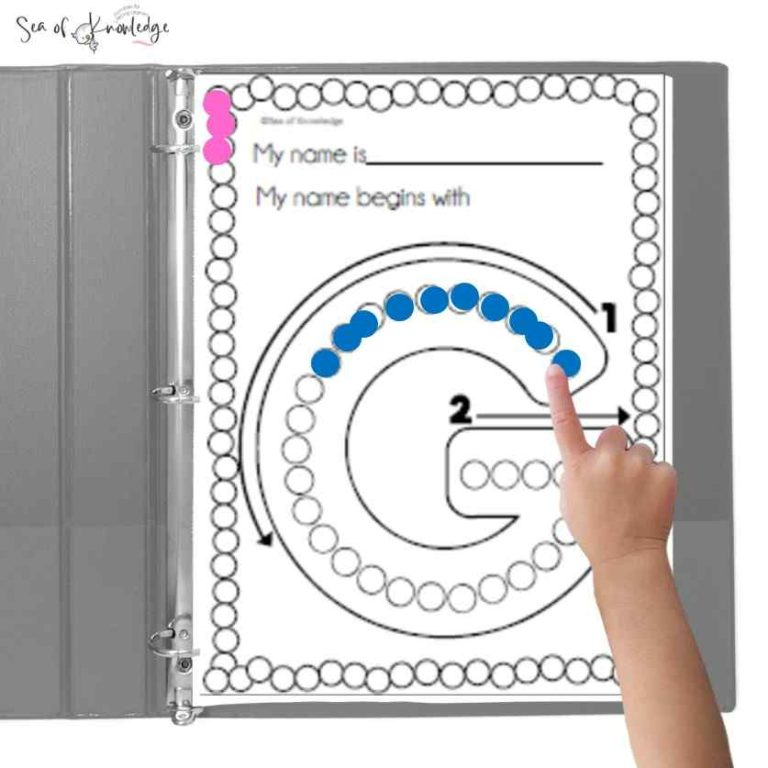
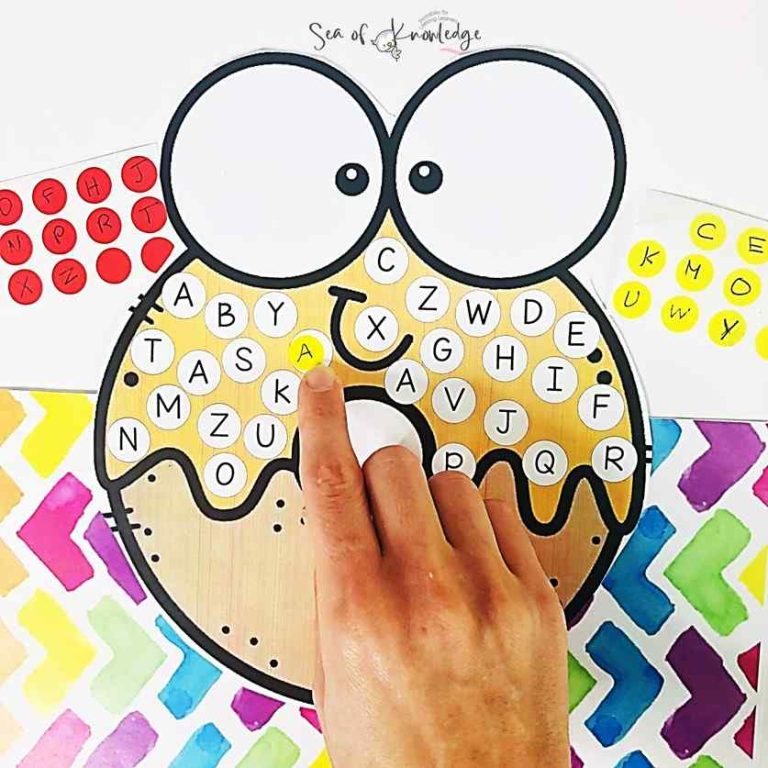
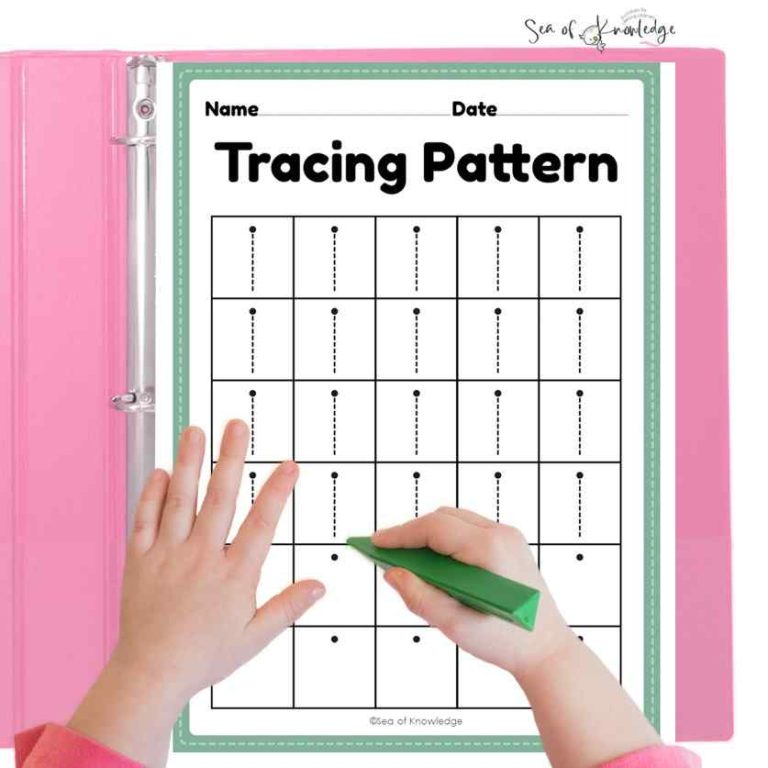
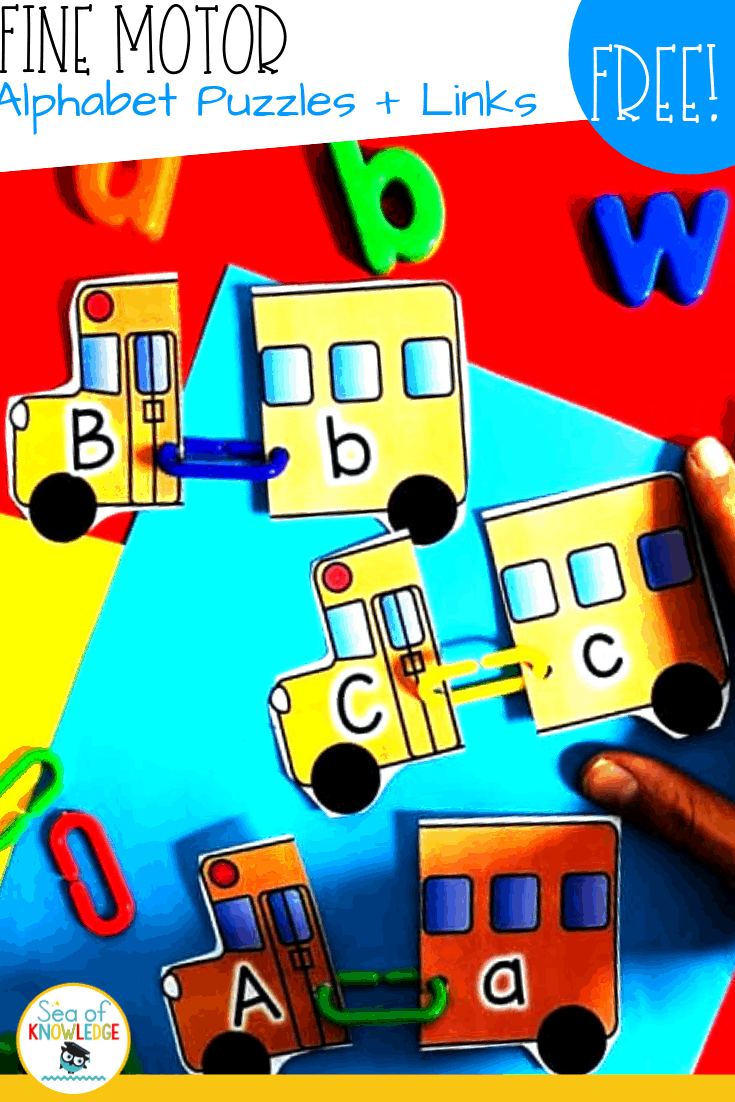
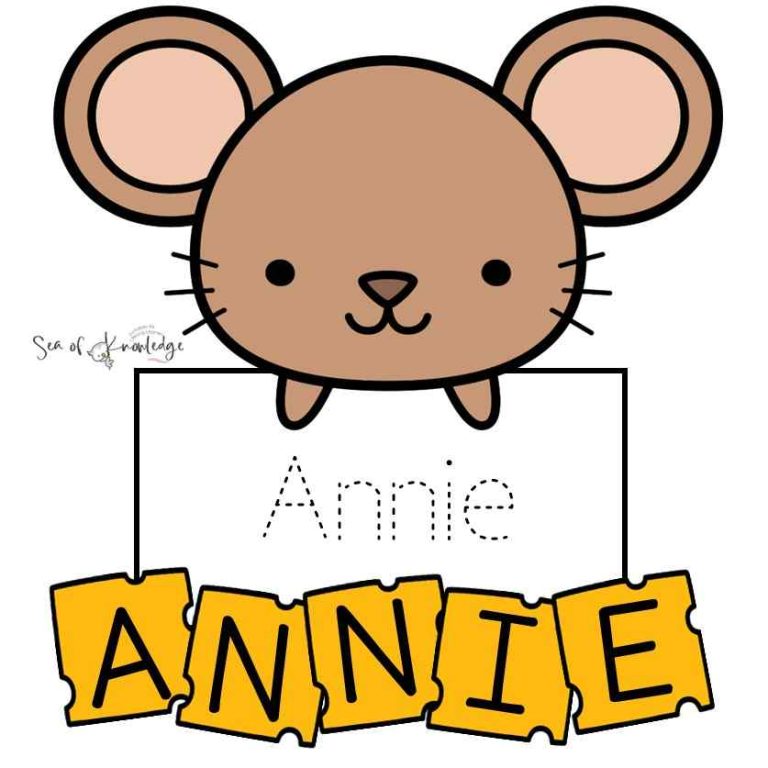
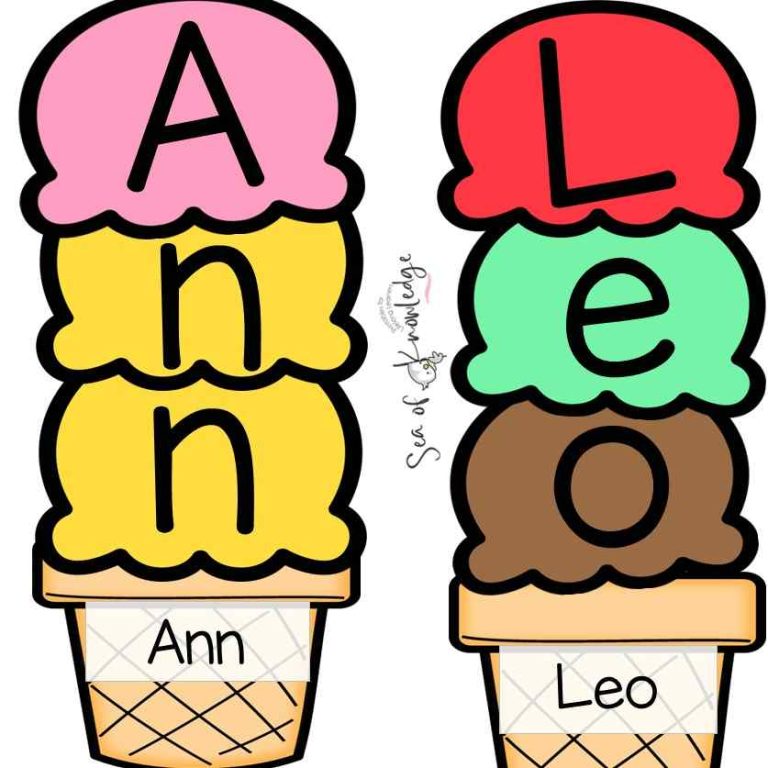
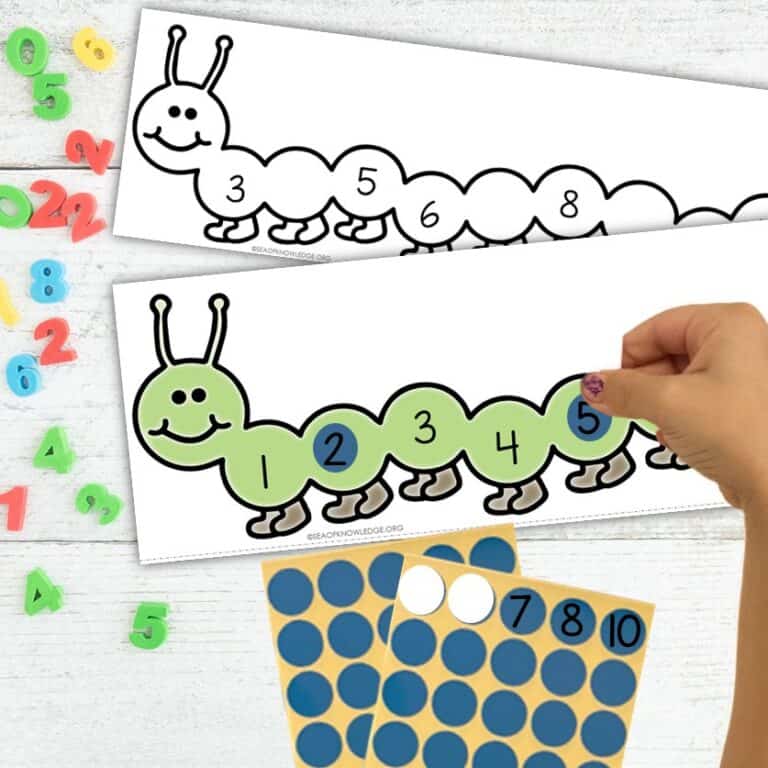
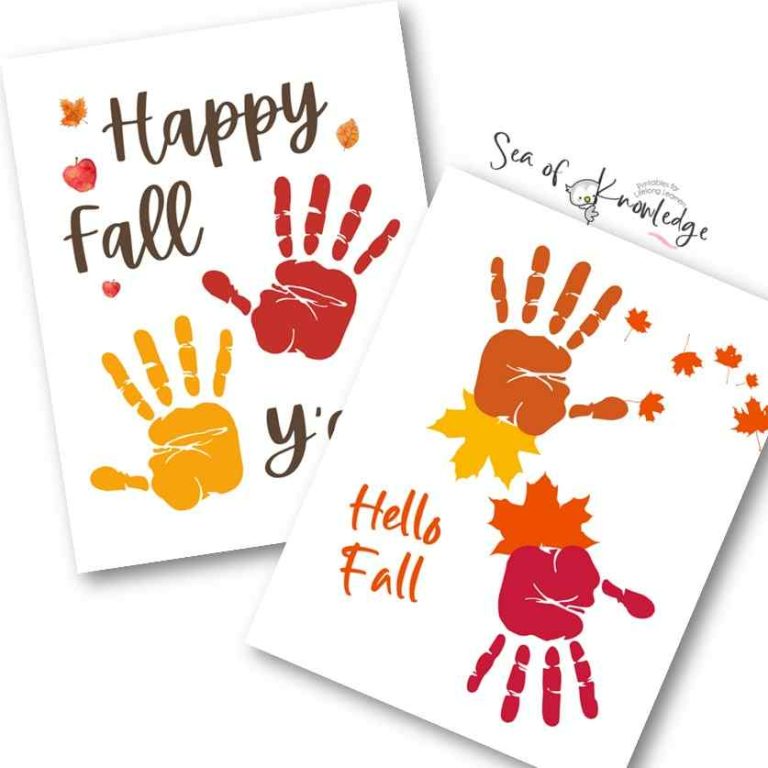

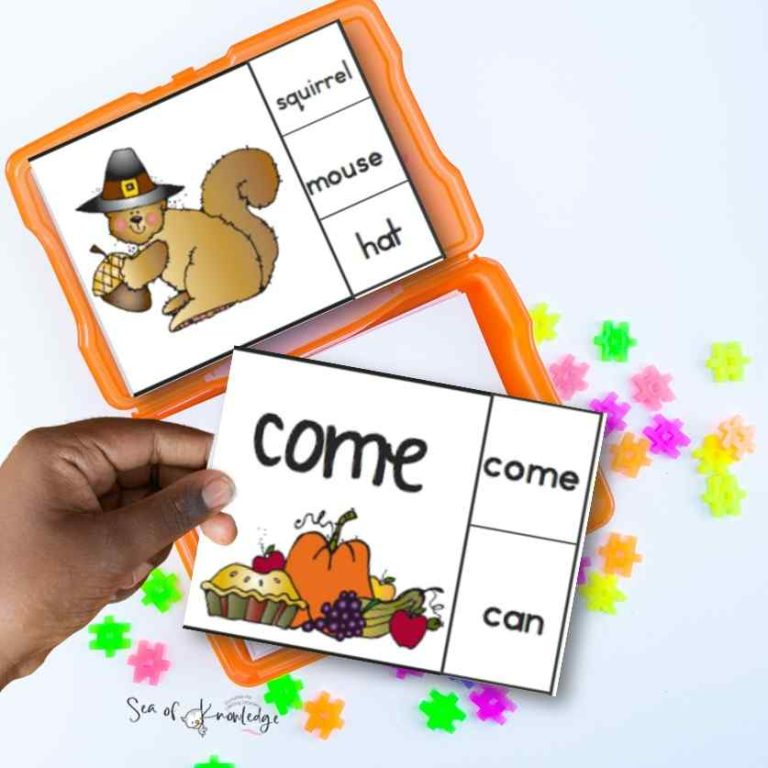
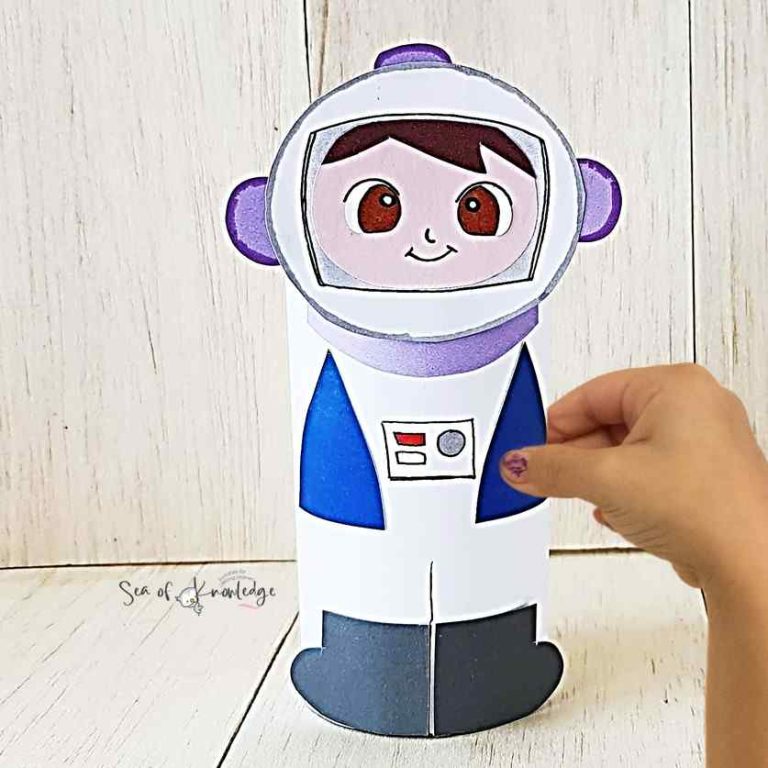
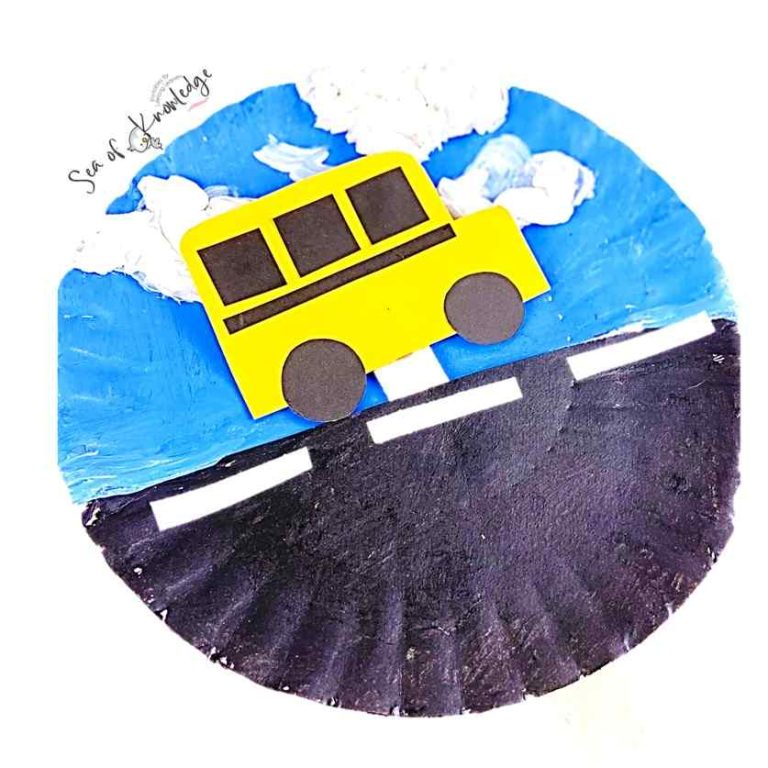
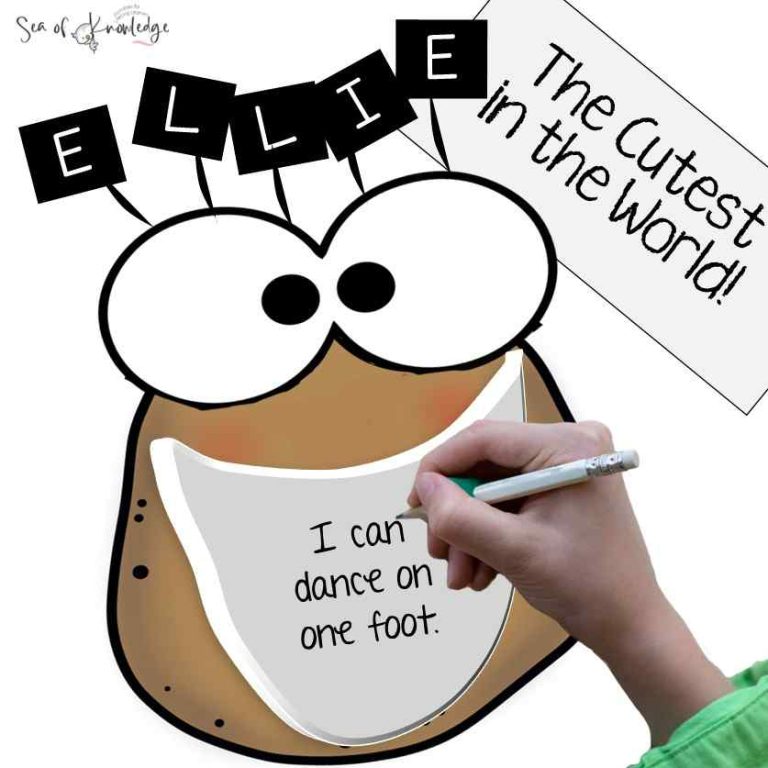
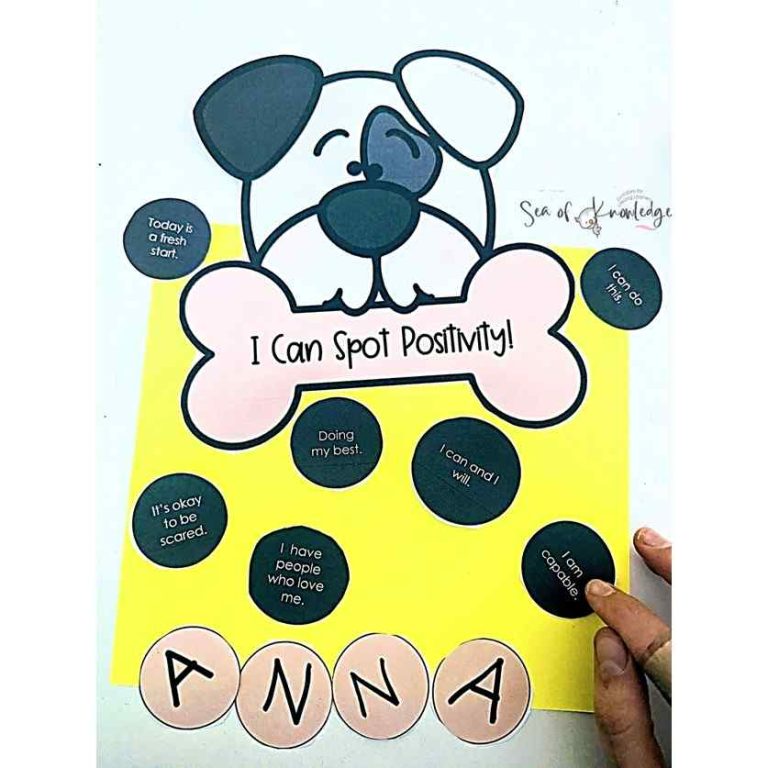
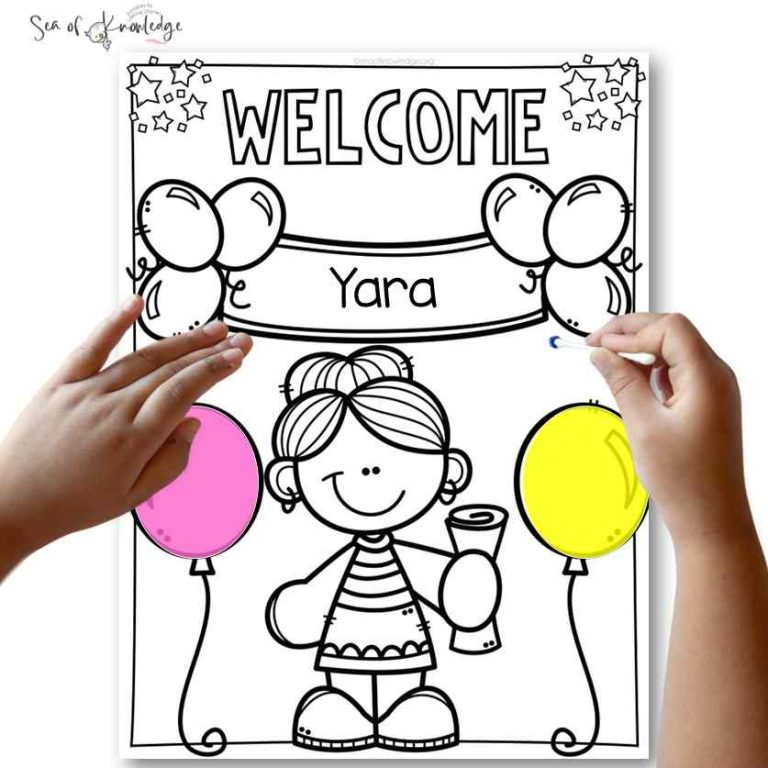
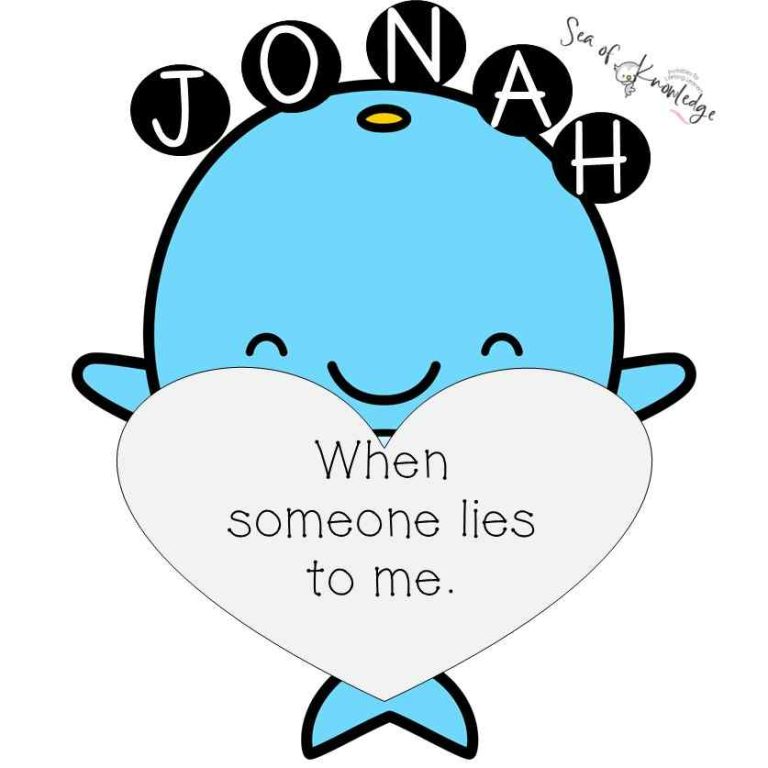
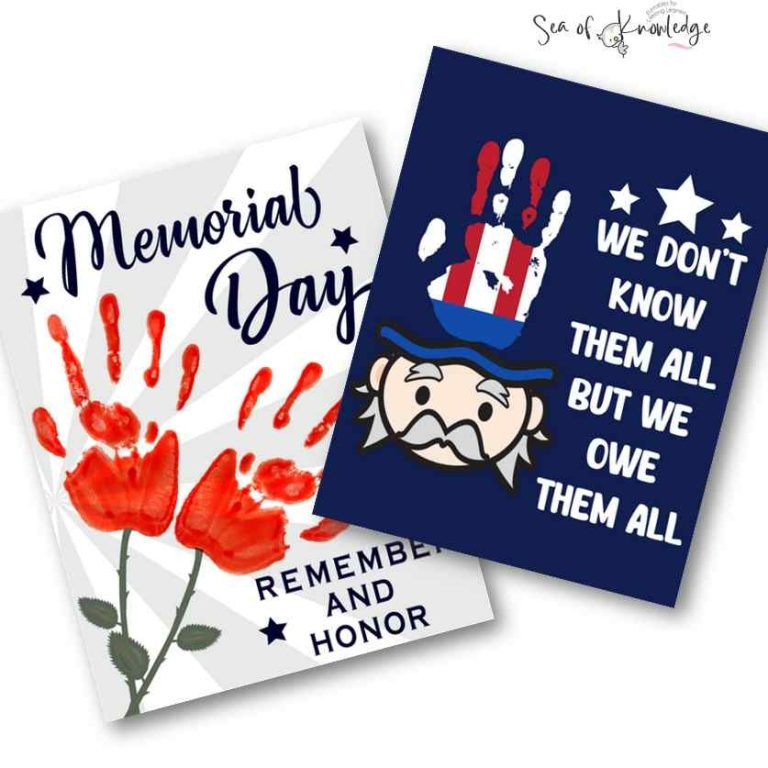
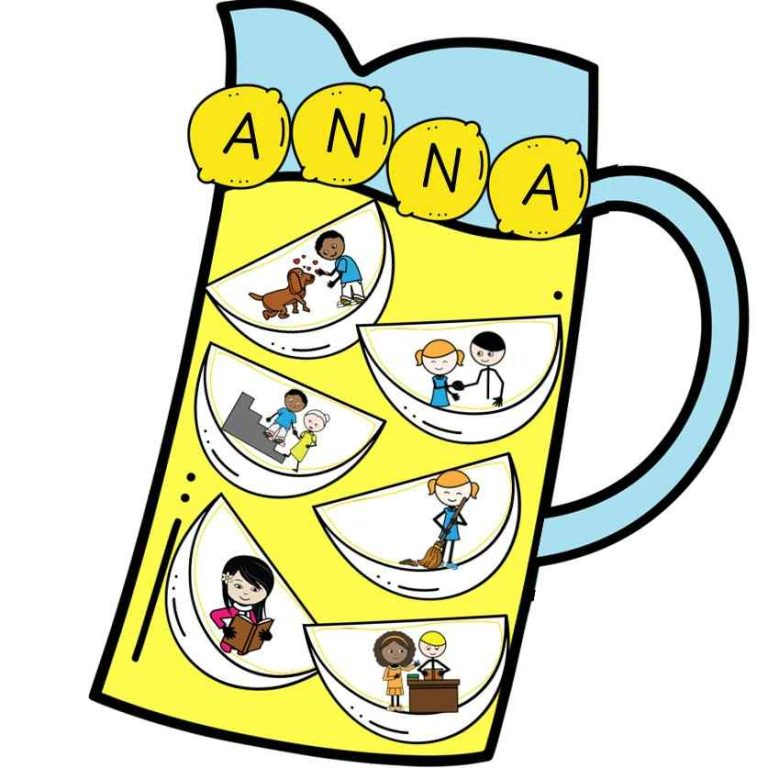
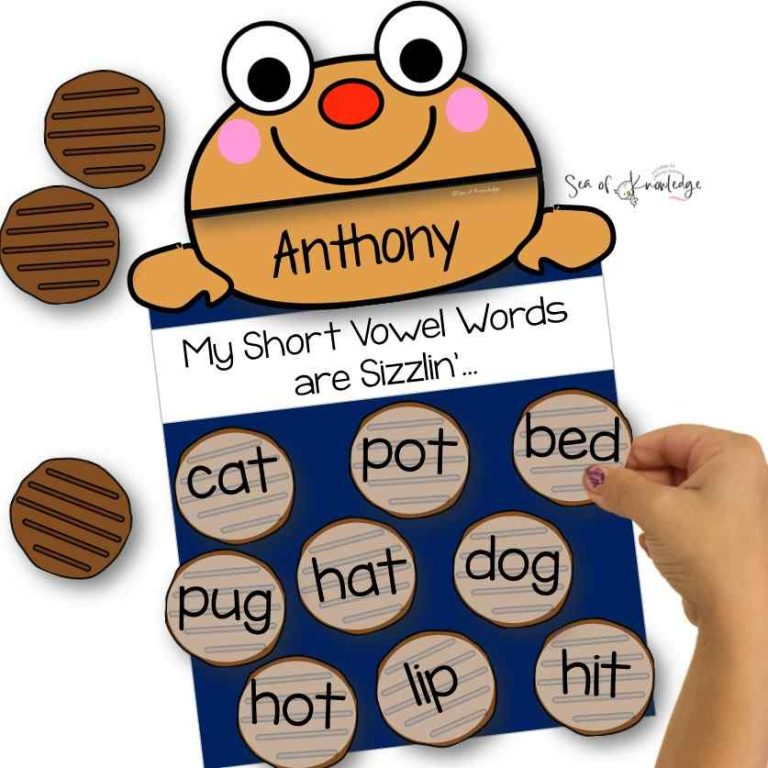
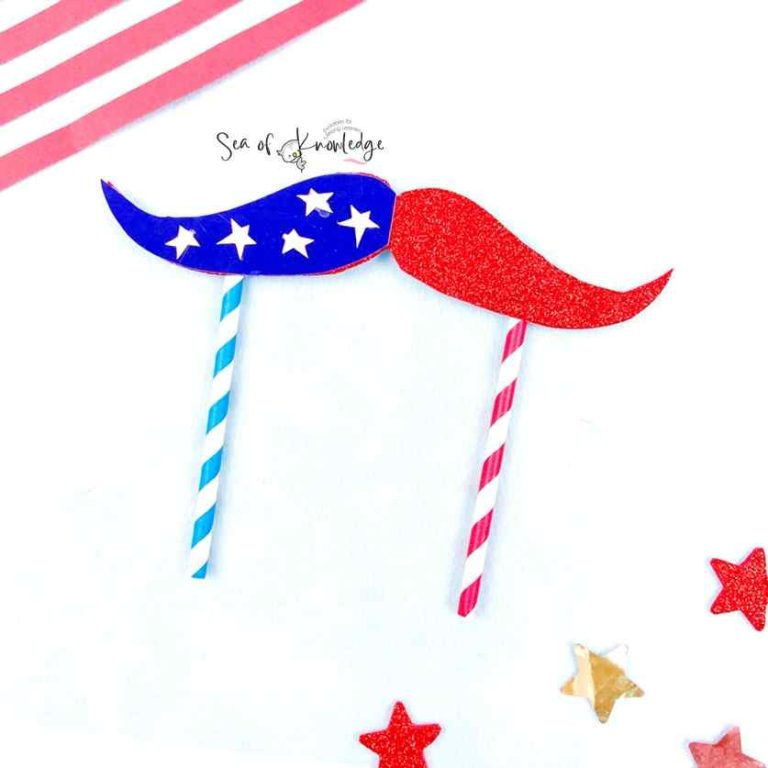
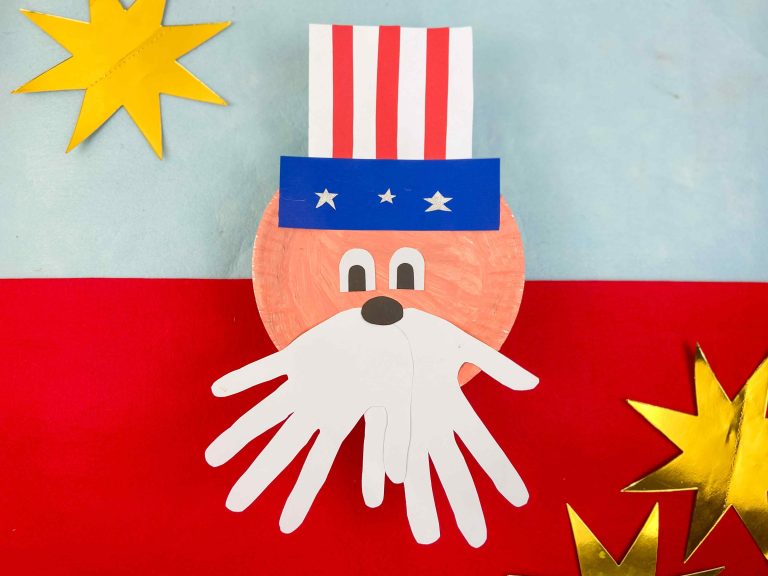
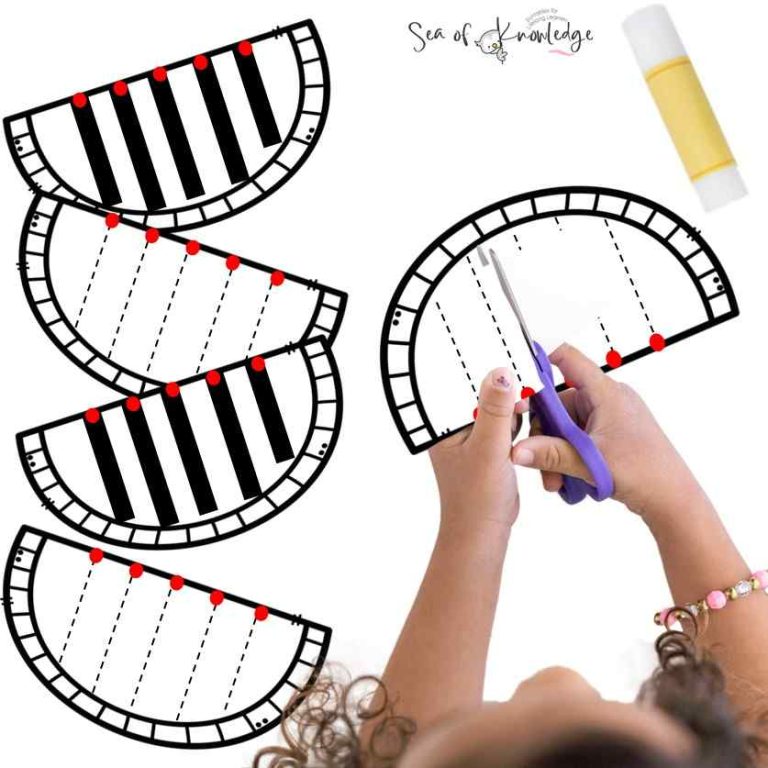
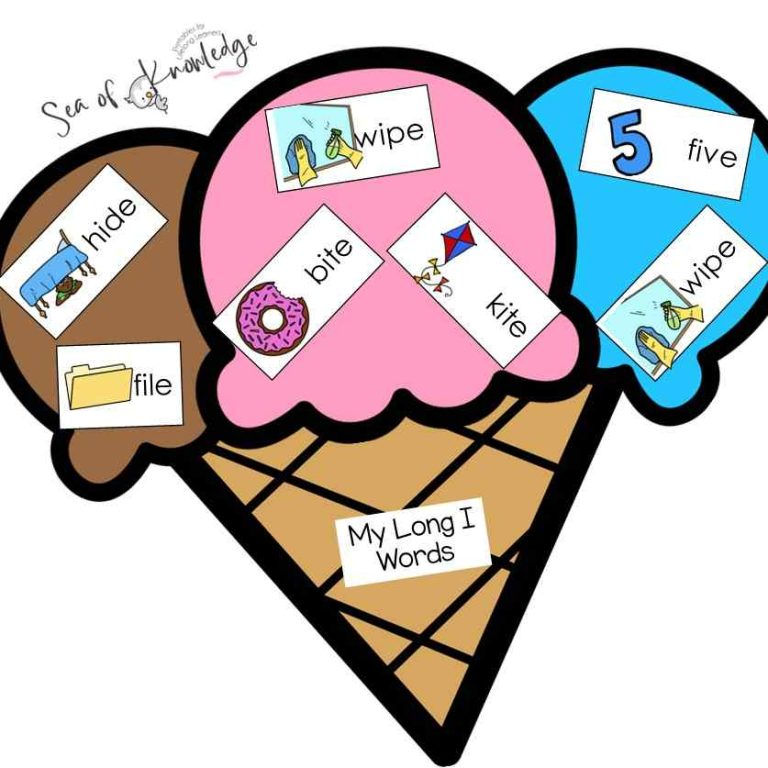
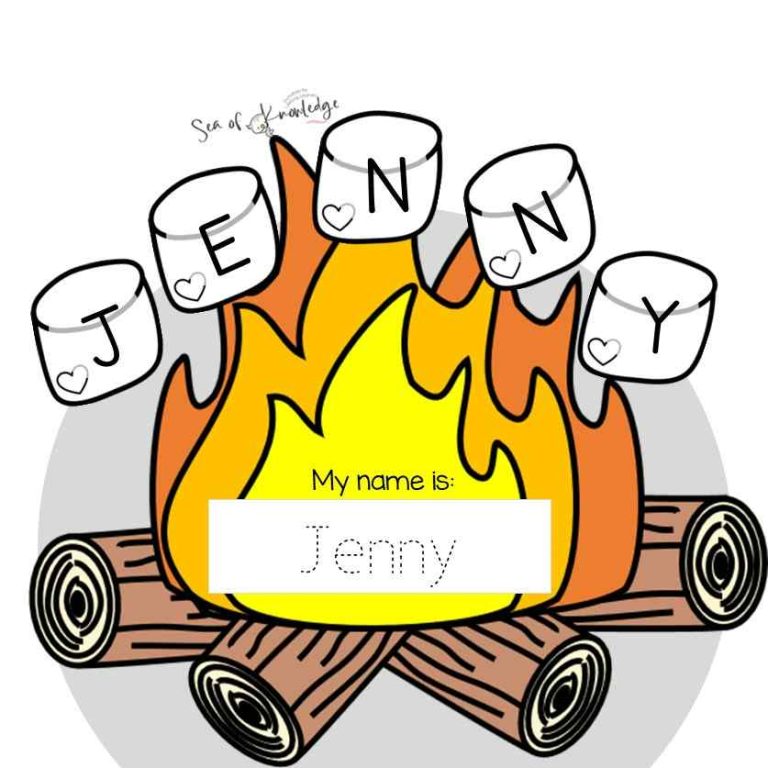

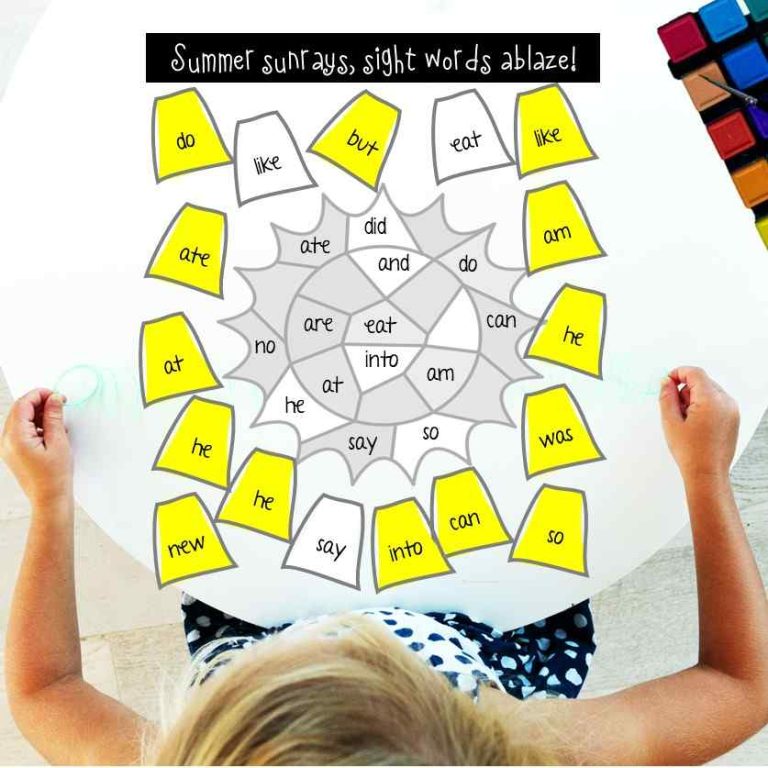
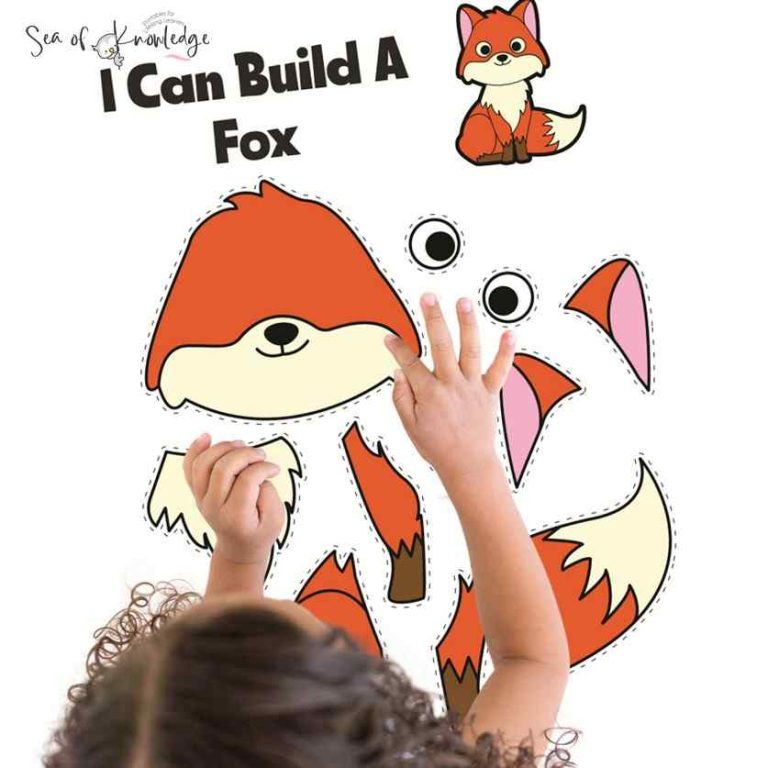
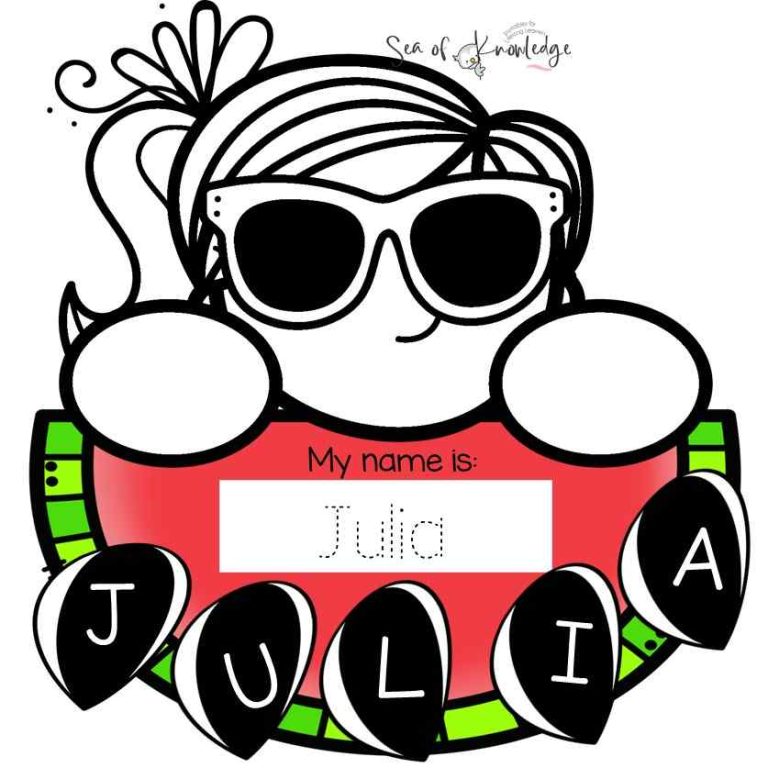
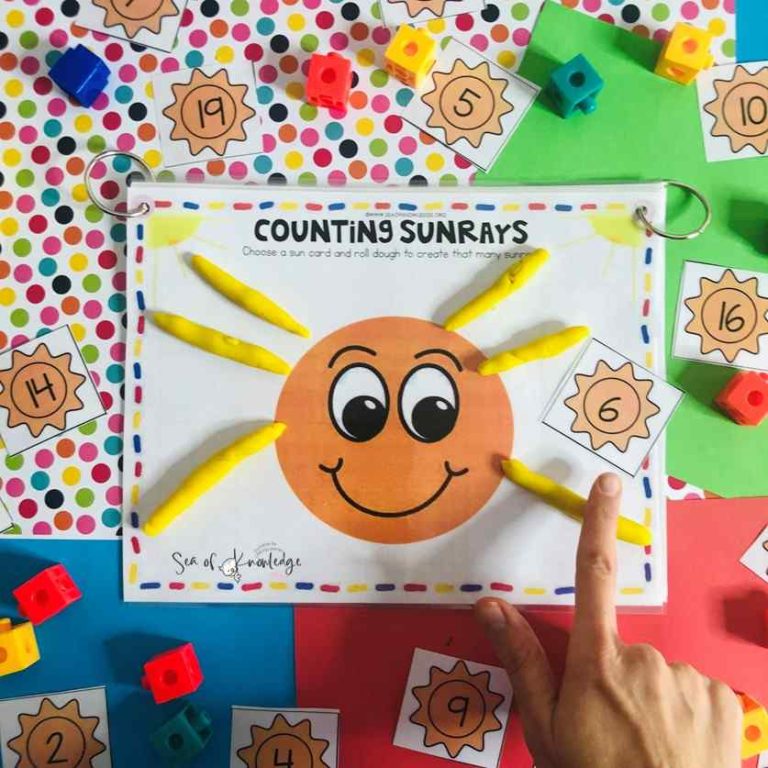
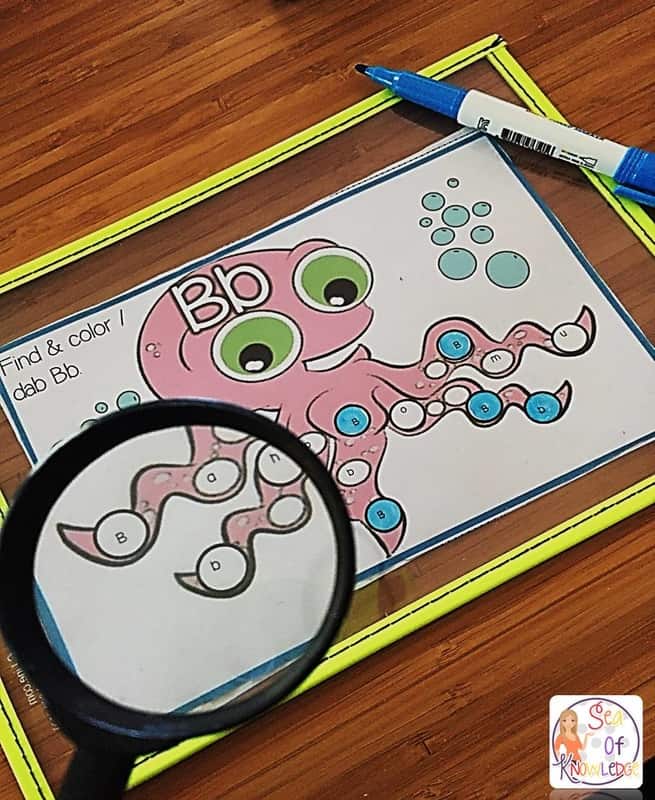
![Five Senses Preschool Crafts [Step By Step Easy Craft with Download]](https://www.seaofknowledge.org/wp-content/uploads/2023/05/Five-senses-preschool-crafts-768x768.jpg)
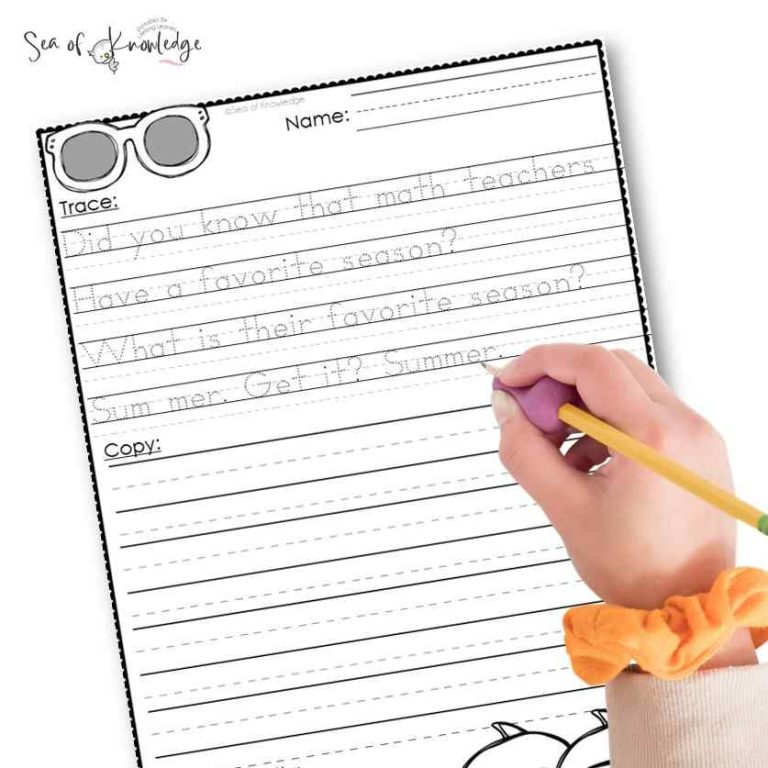
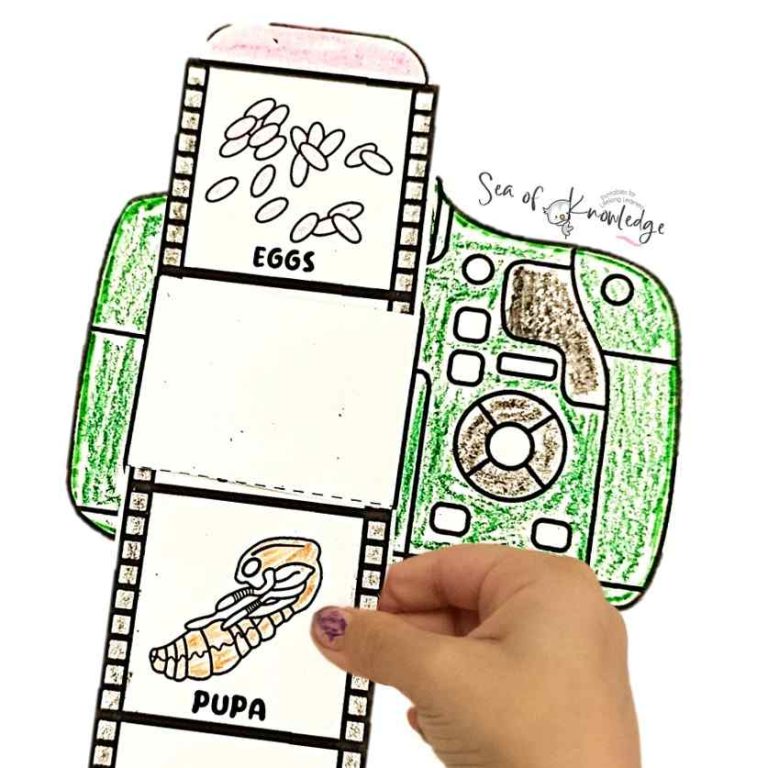
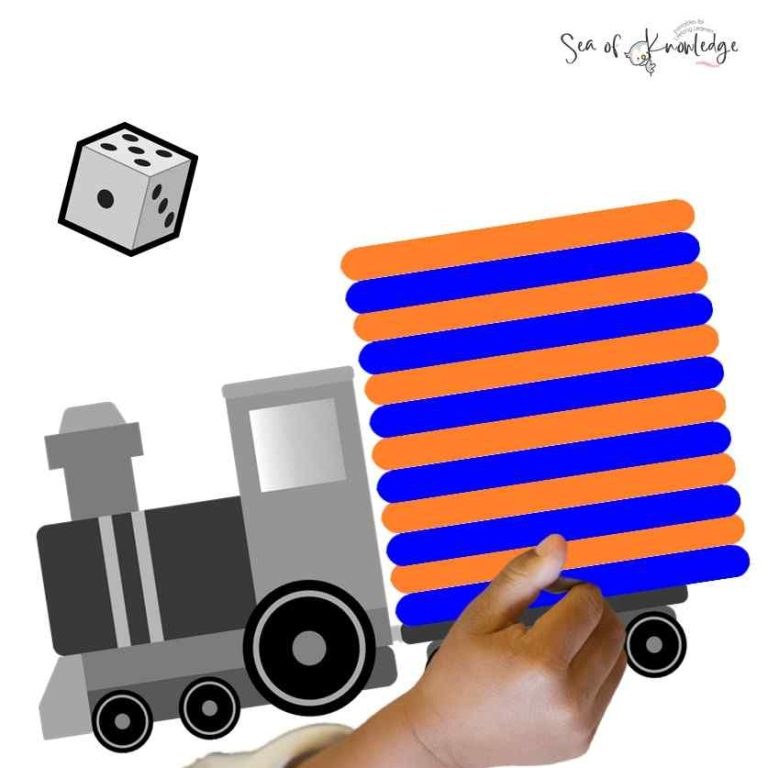
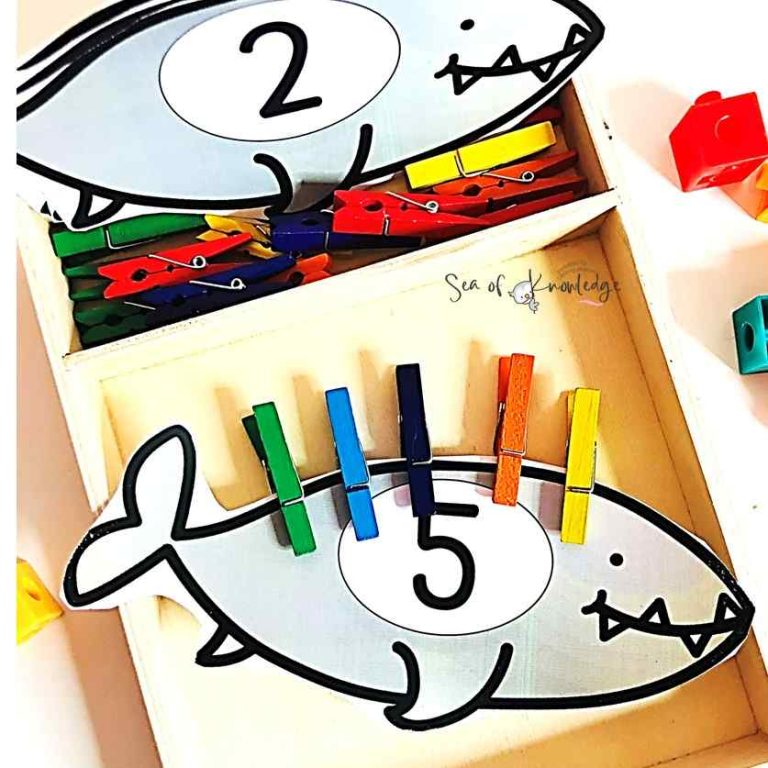
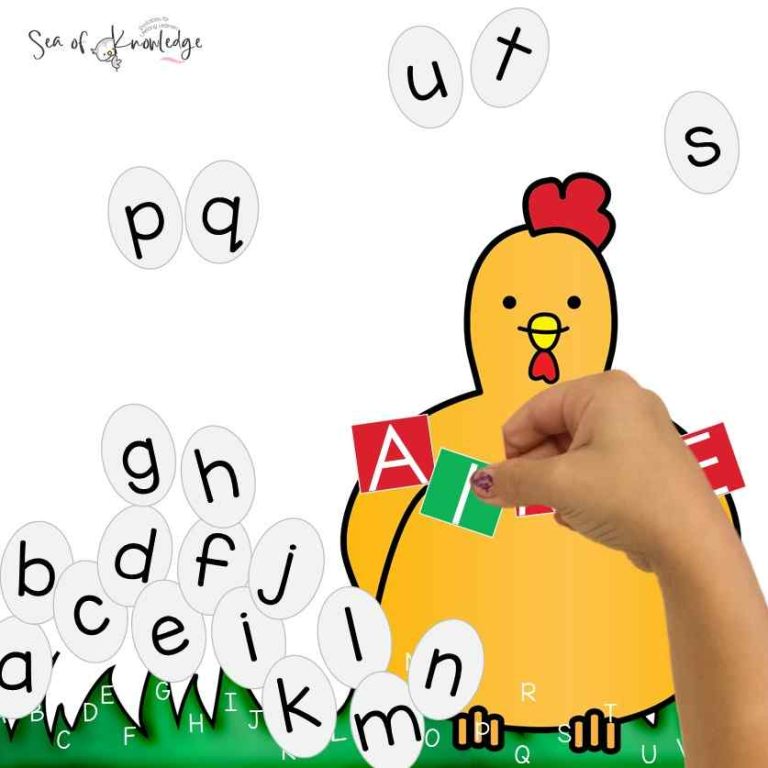
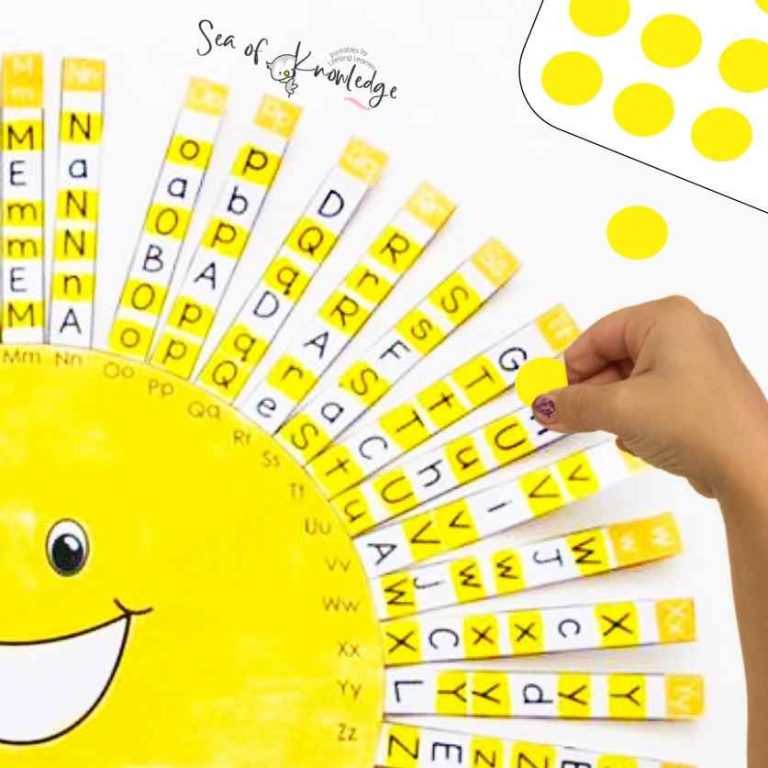
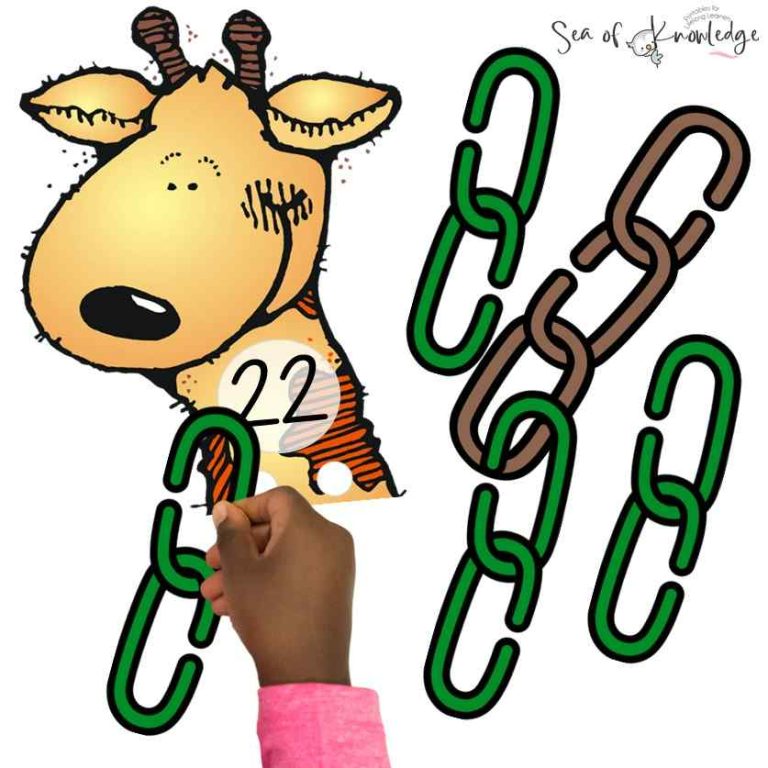
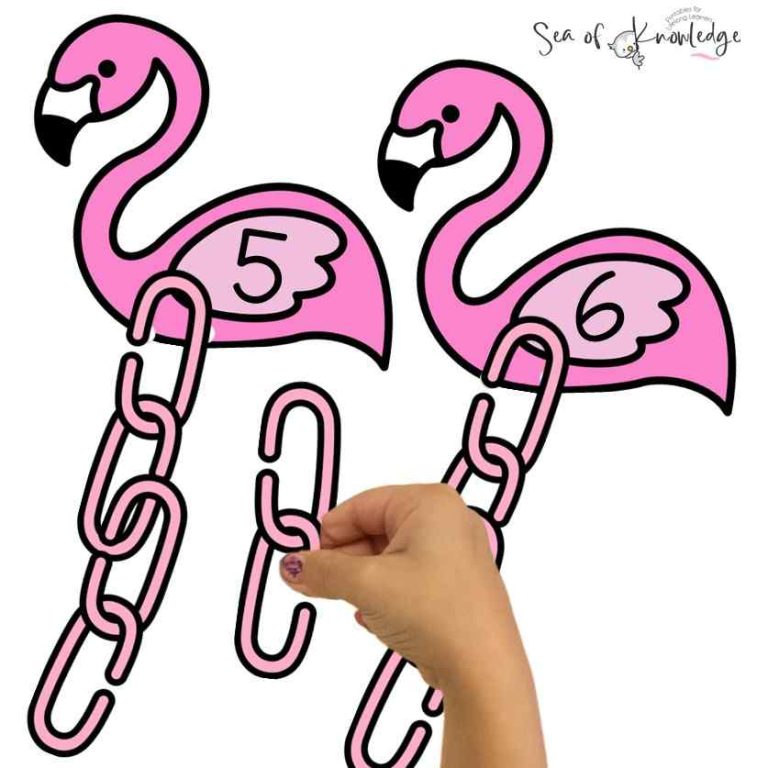
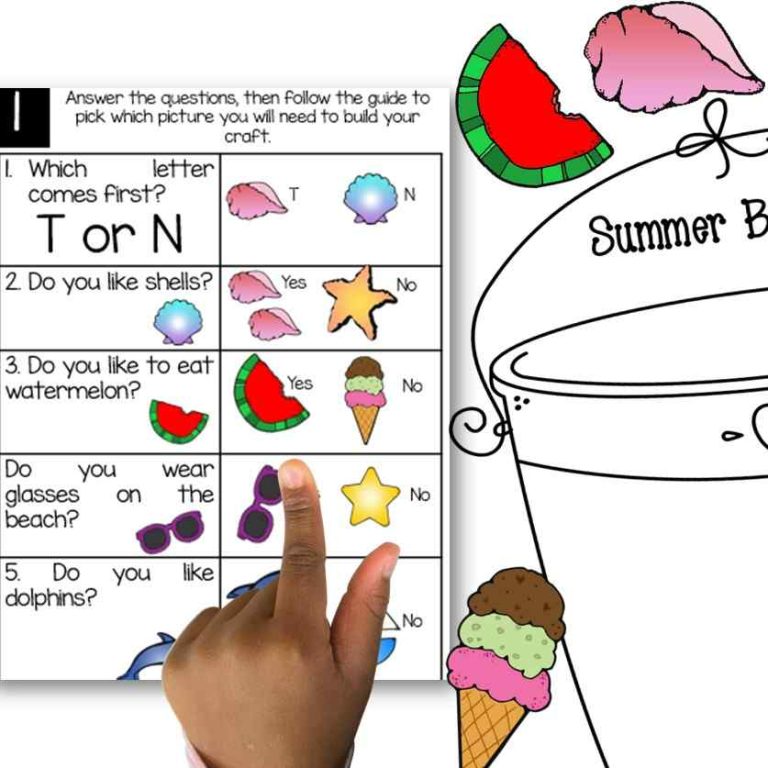
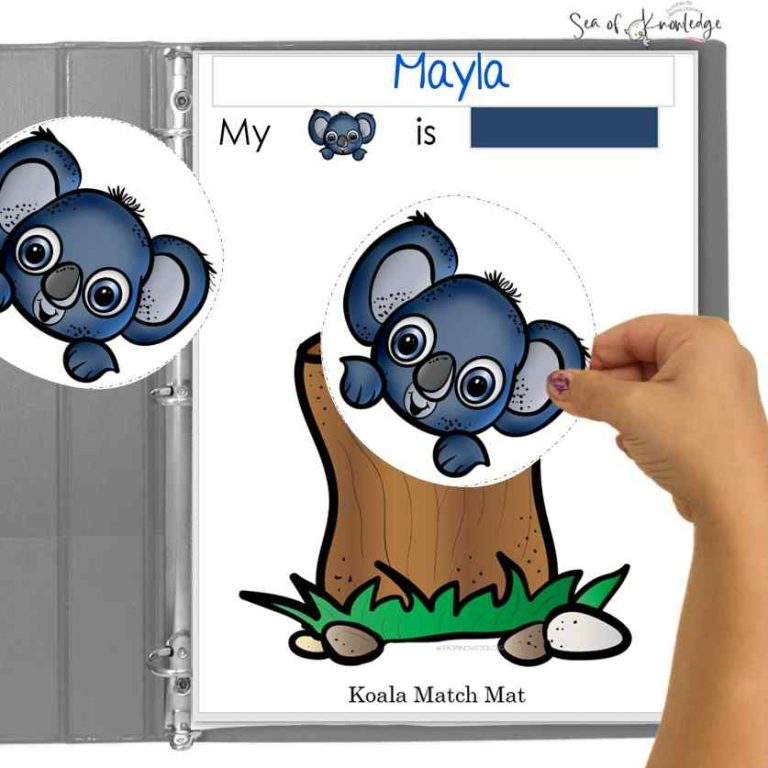
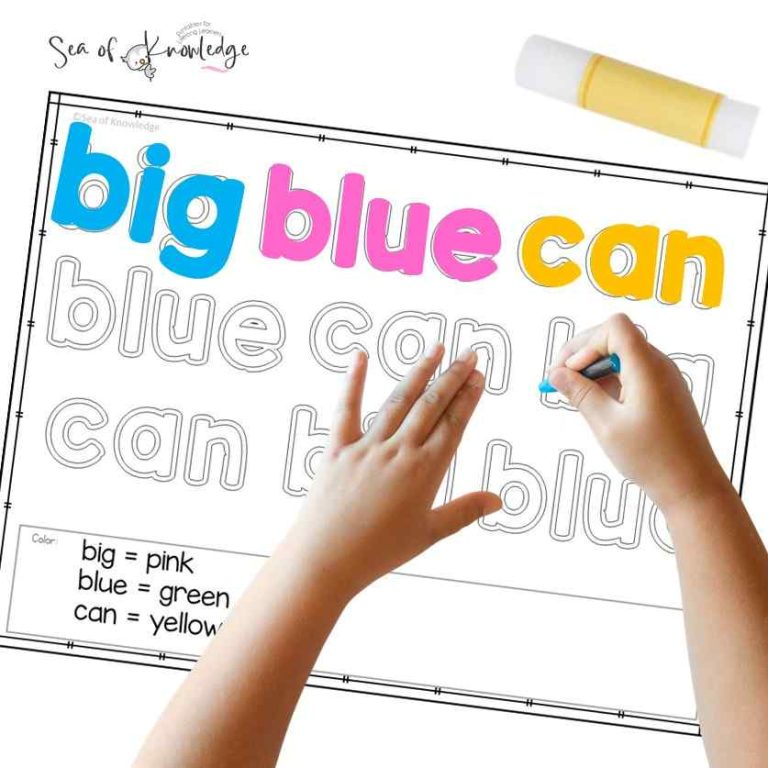
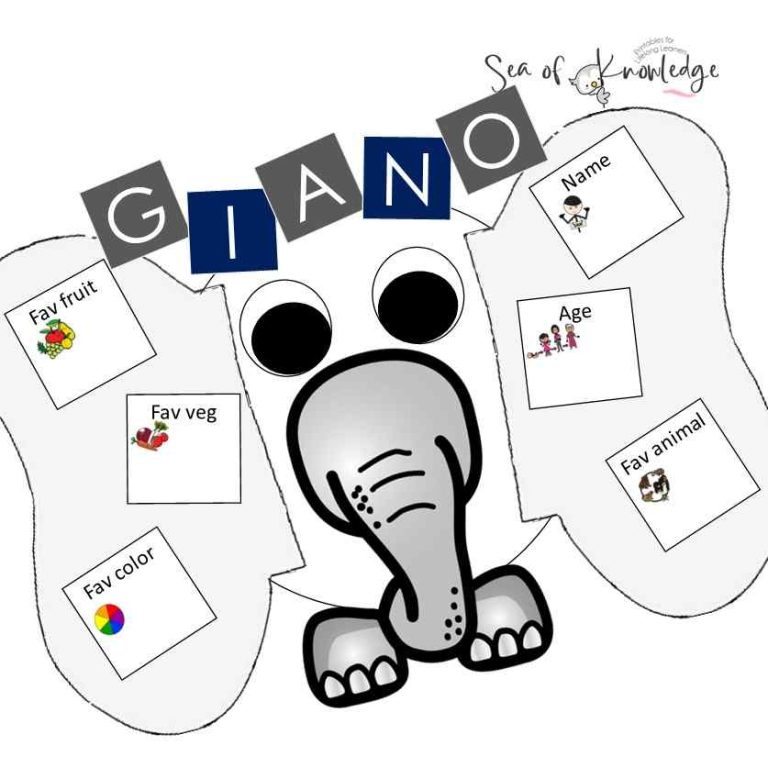
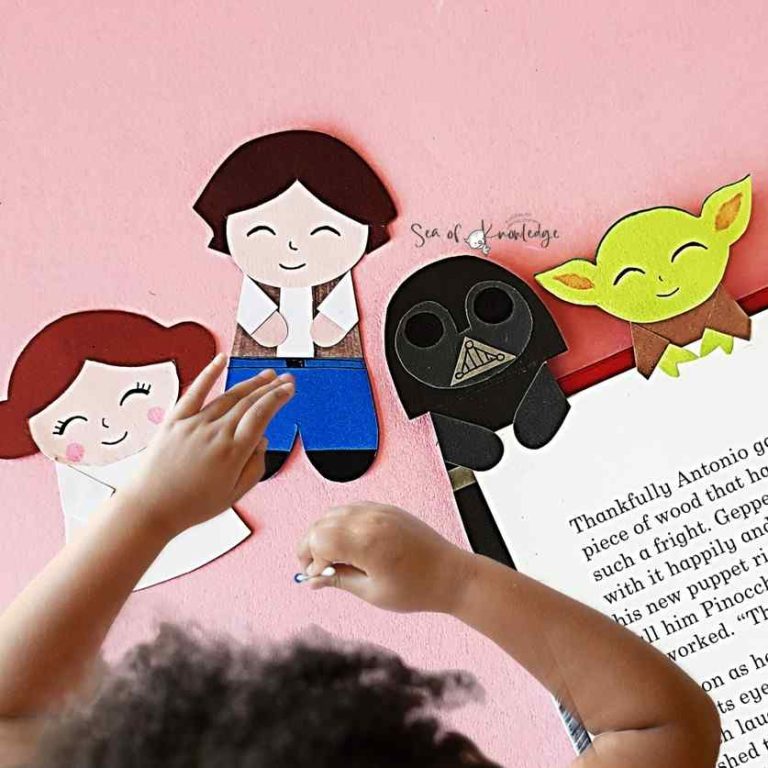
![10 Epic Dental Health Preschool Crafts [Printable Sorting Craft]](https://www.seaofknowledge.org/wp-content/uploads/2023/03/preschool-dental-craft-768x768.jpg)
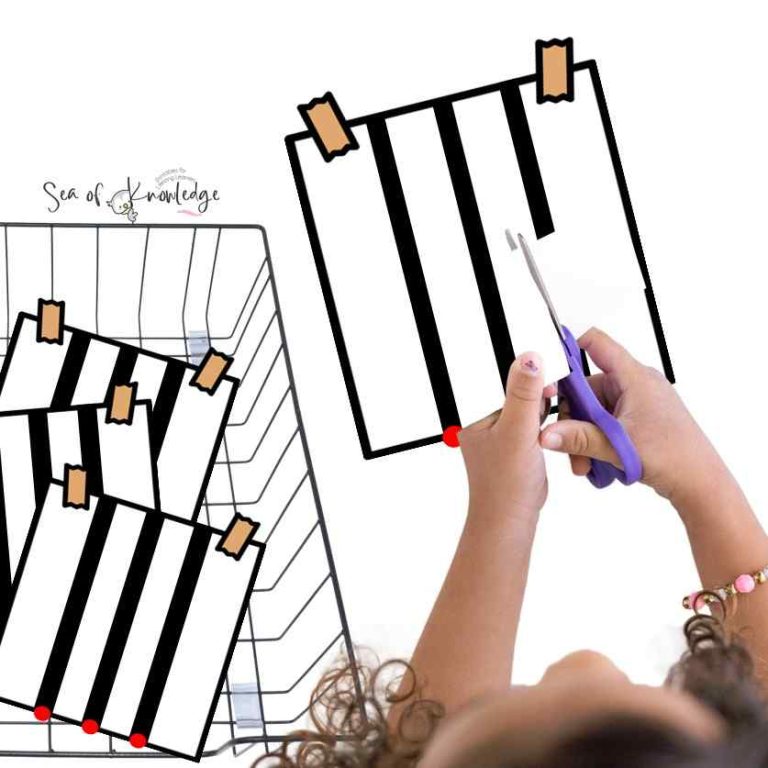
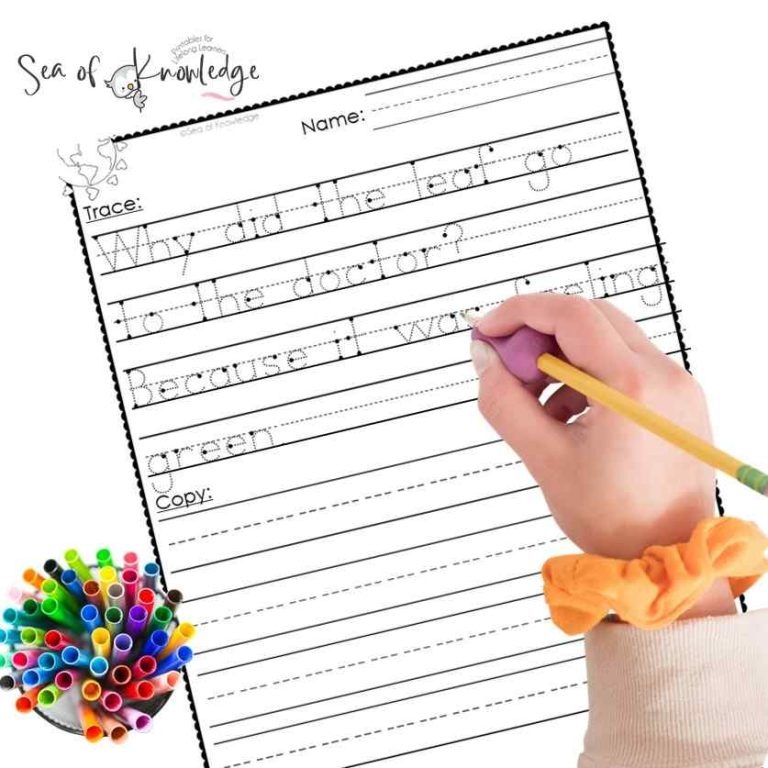
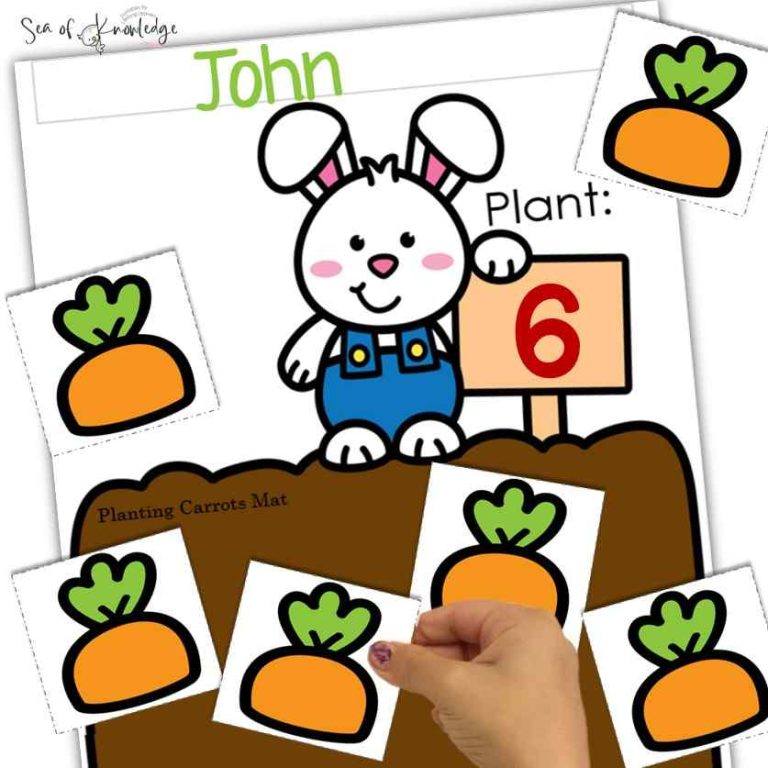
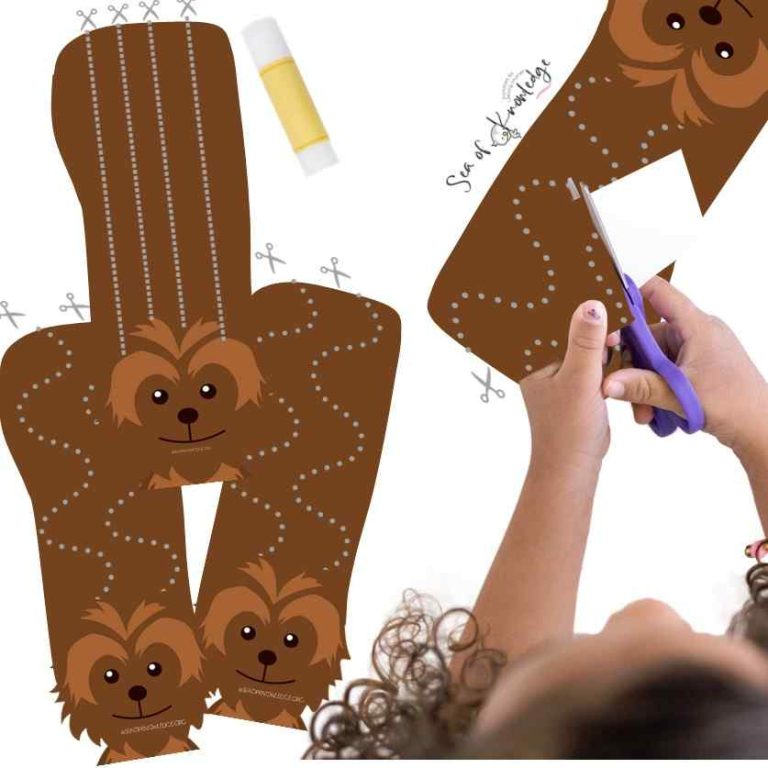
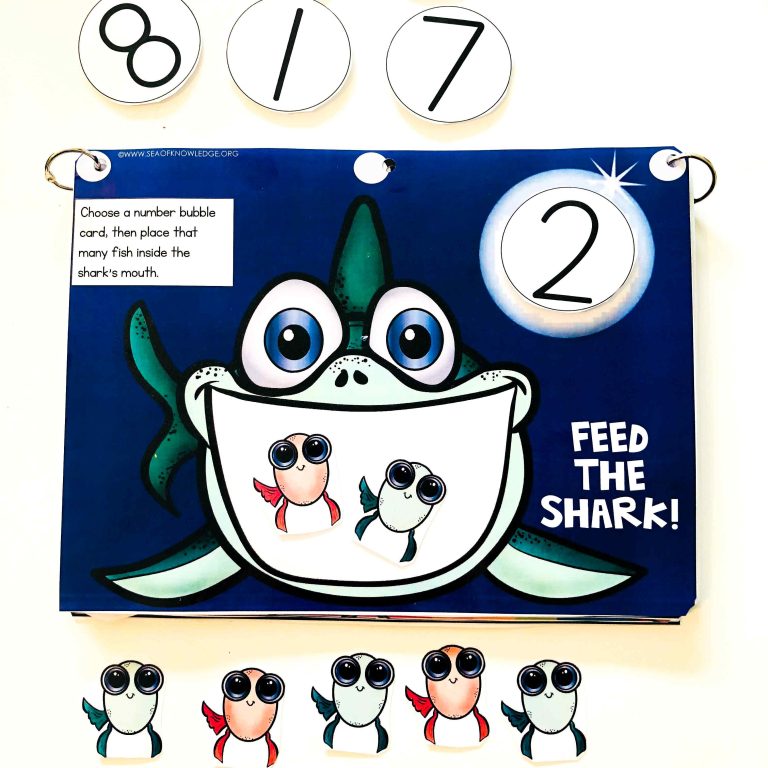
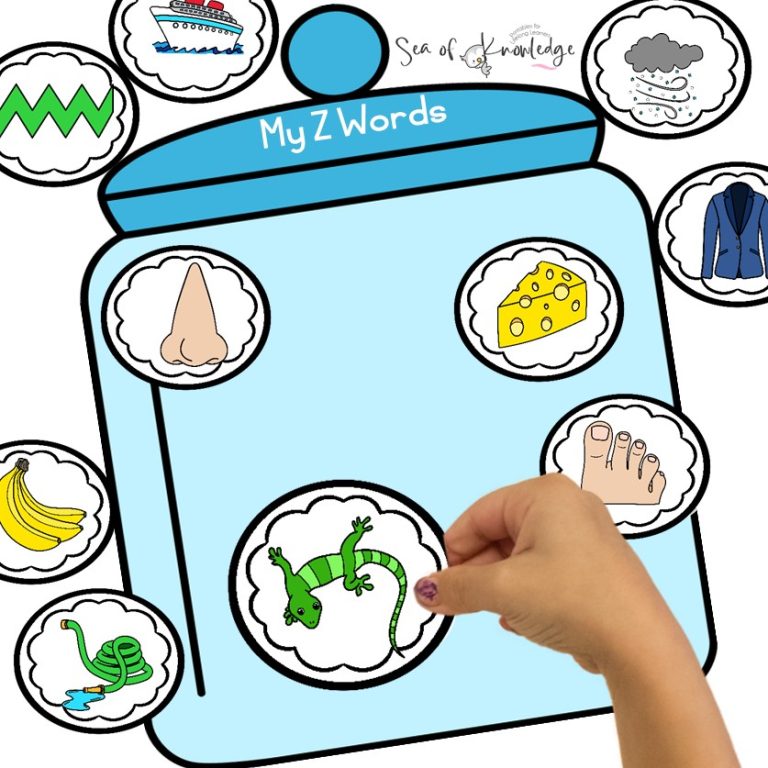
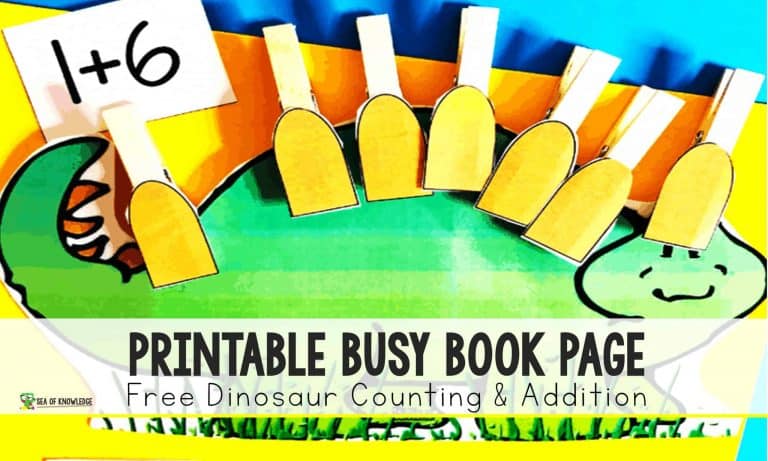
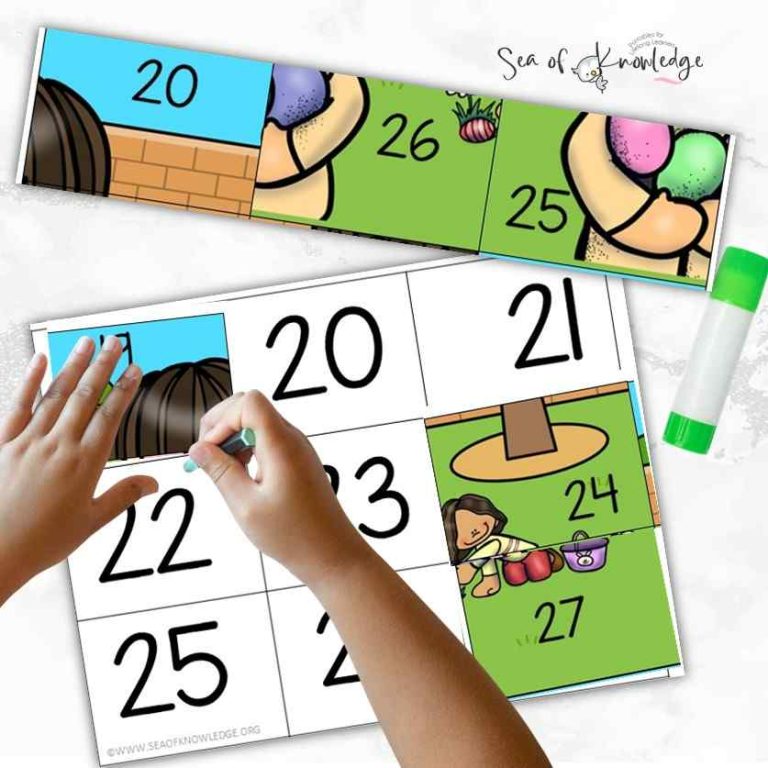
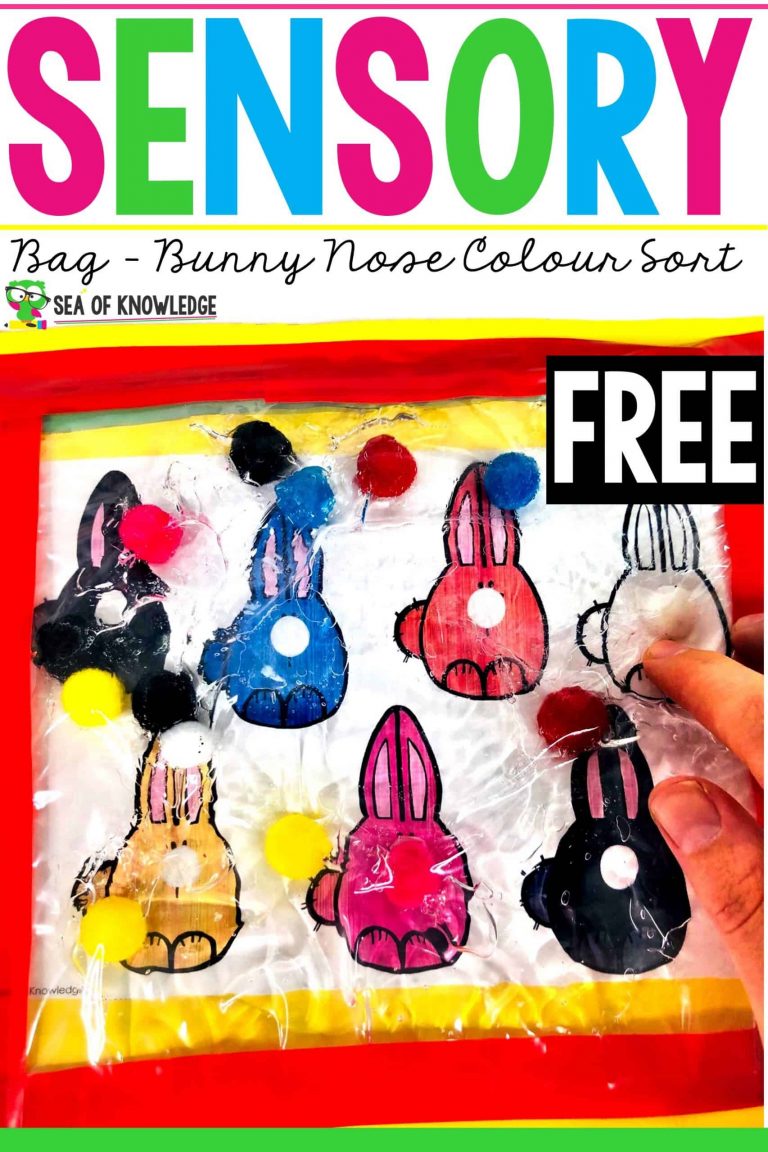
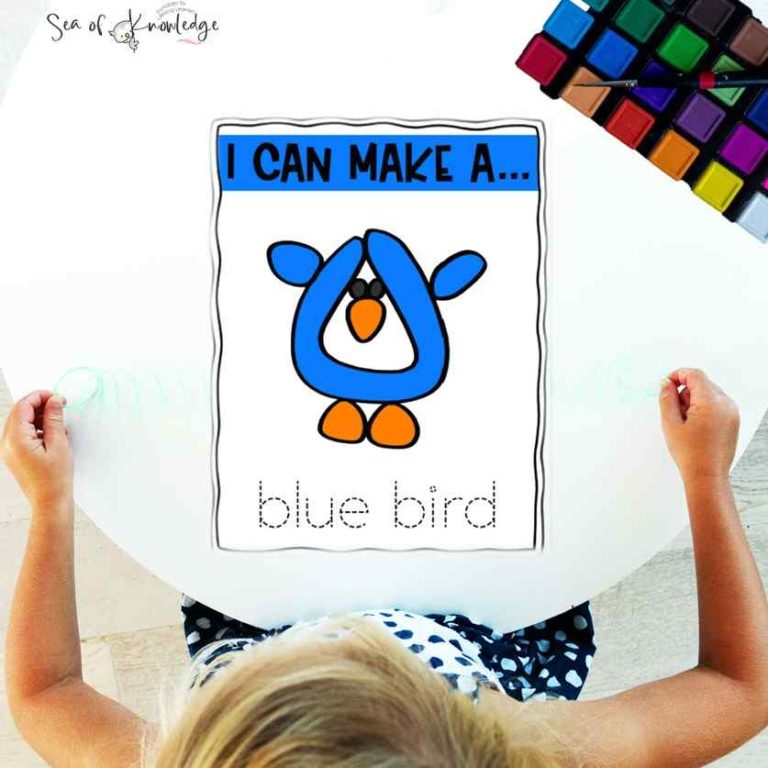
![Bee Life Cycle Craft [Free Template]](https://www.seaofknowledge.org/wp-content/uploads/2023/03/life-cycle-of-a-bee-for-kids-768x768.jpg)
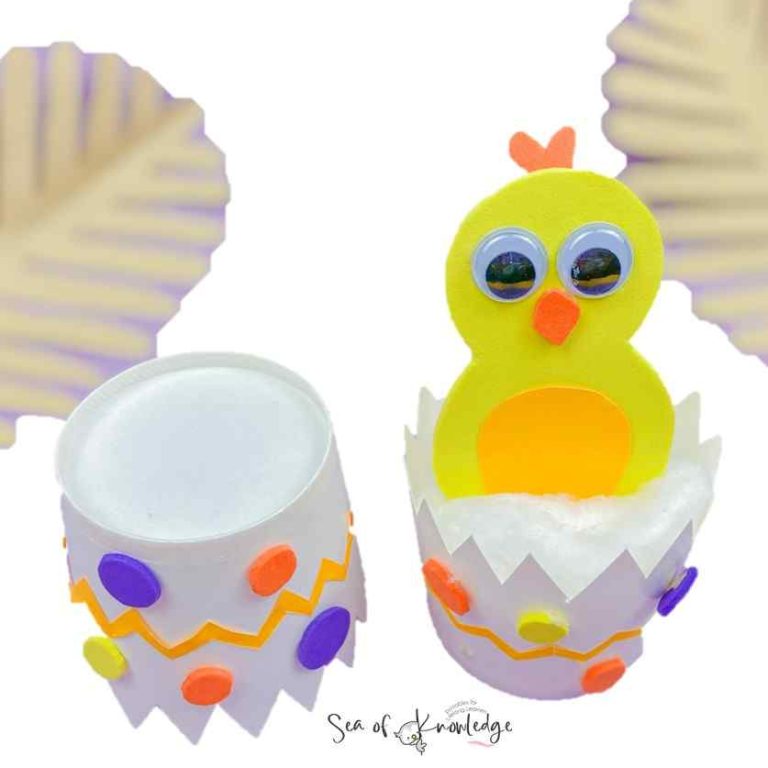
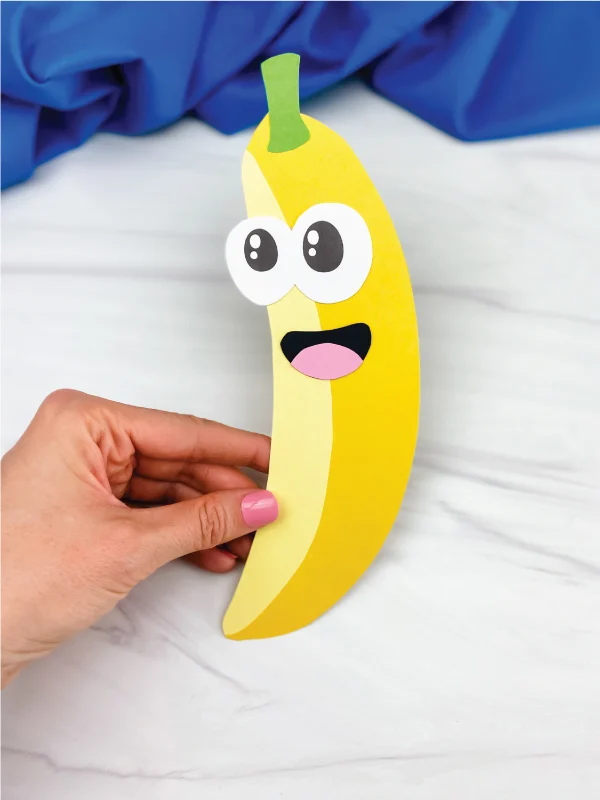
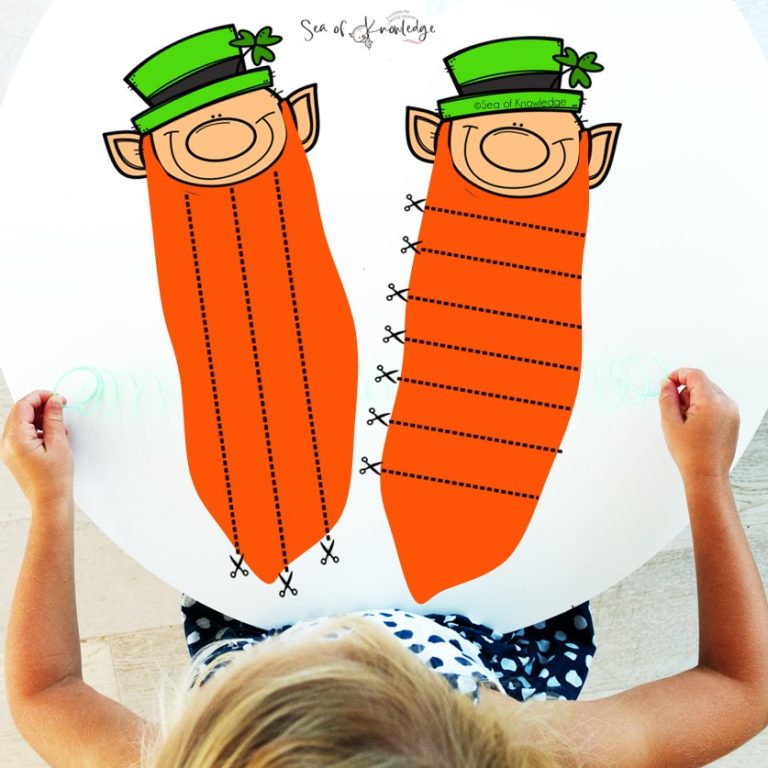
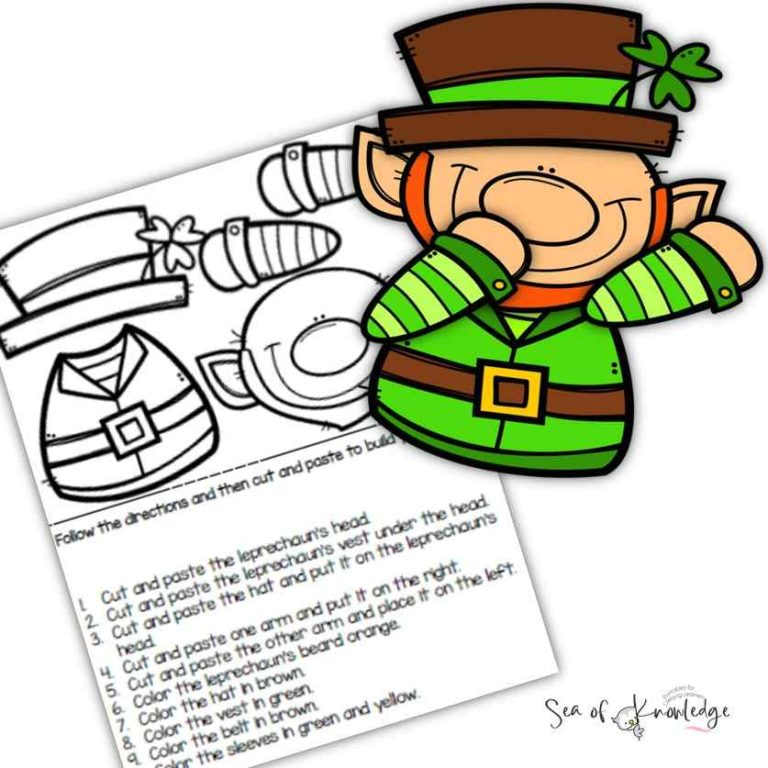
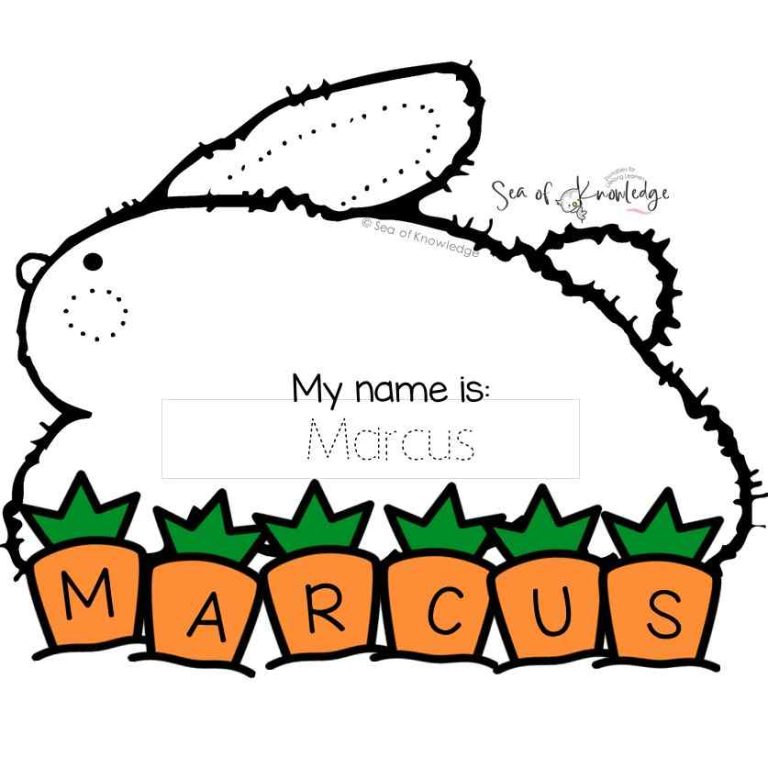
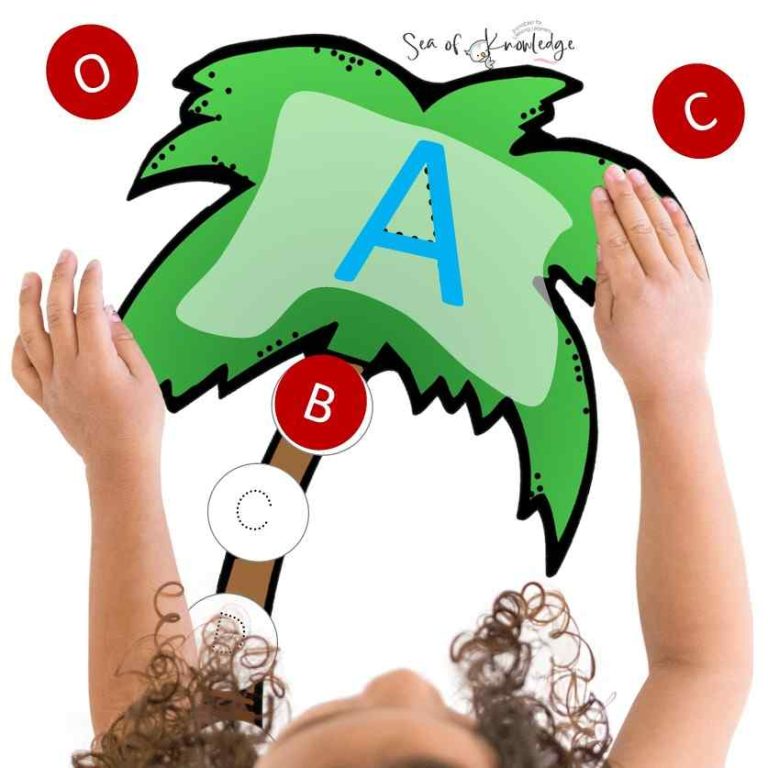
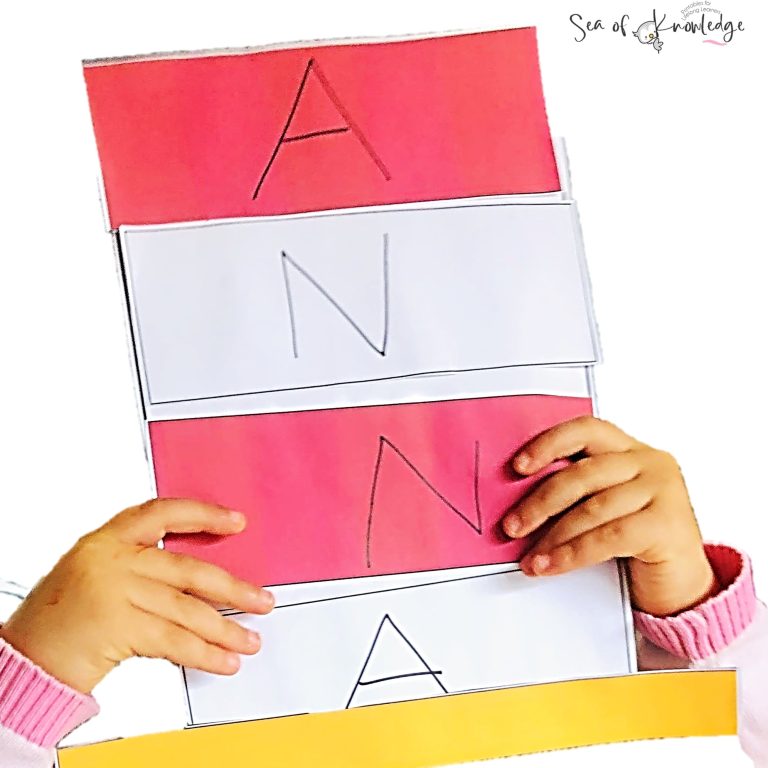
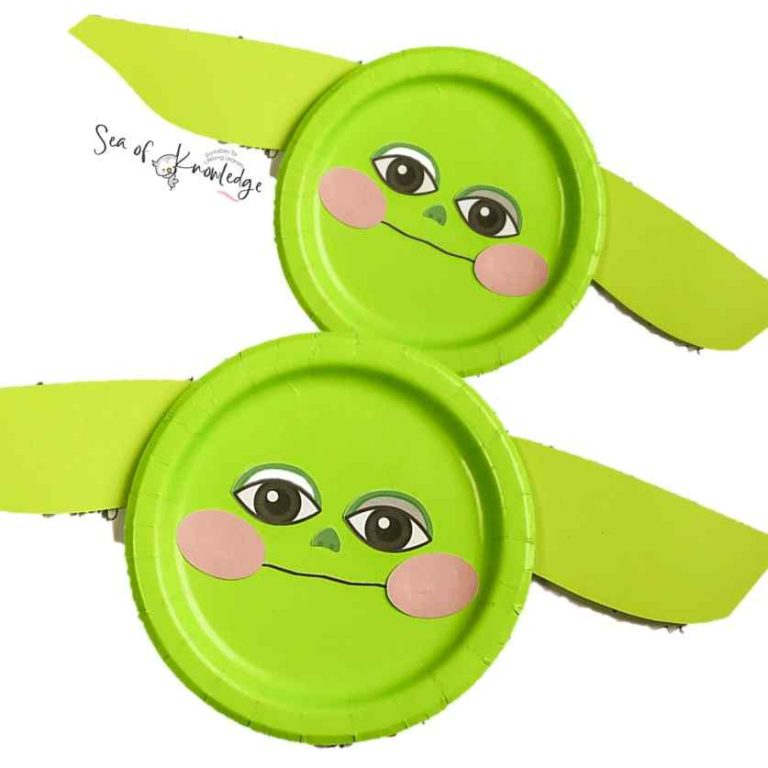
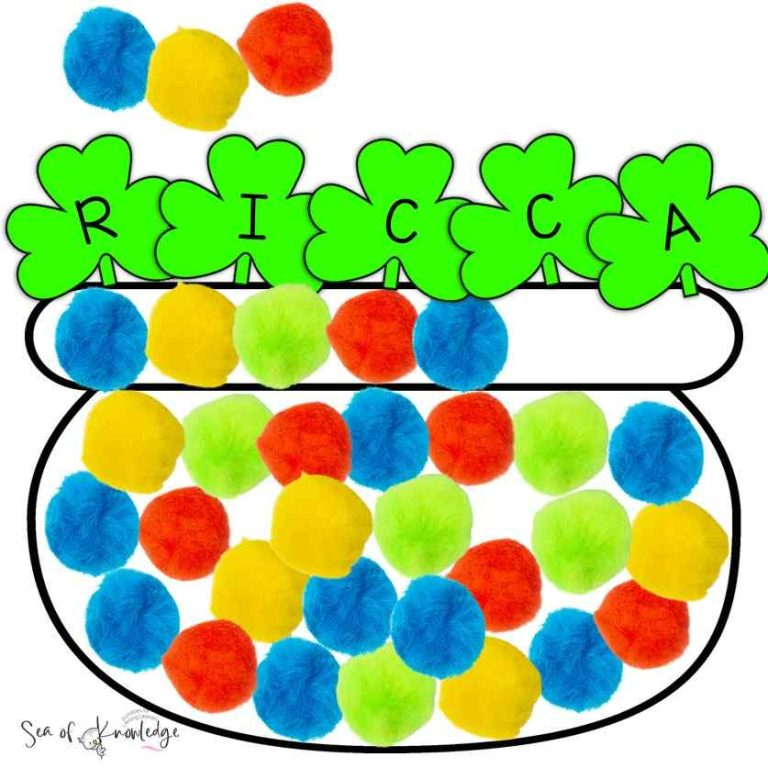
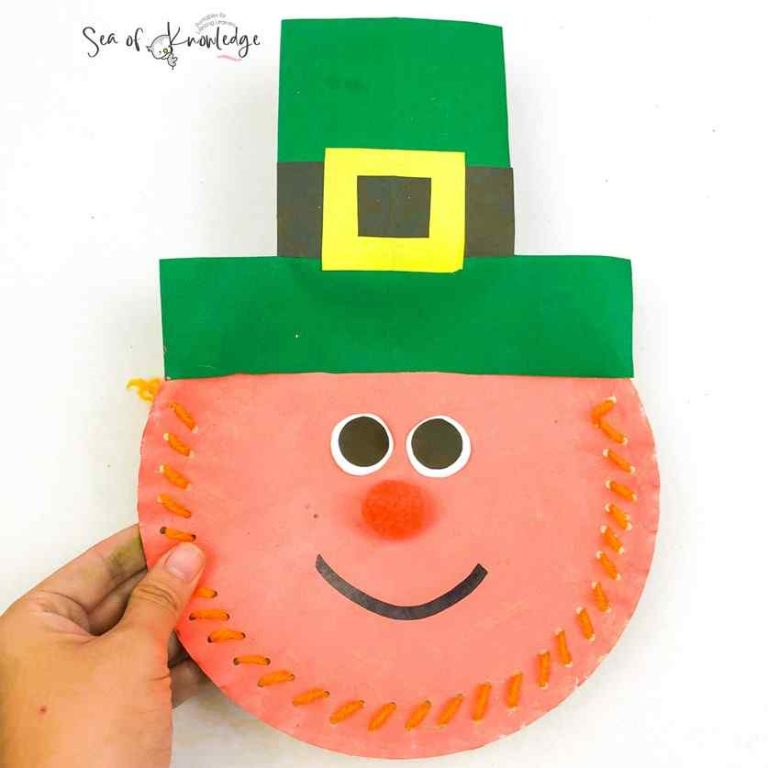
![Valentine Sight Word Activities [Printable Snail Craft]](https://www.seaofknowledge.org/wp-content/uploads/2023/01/valentine-sight-word-activities2-768x768.jpg)
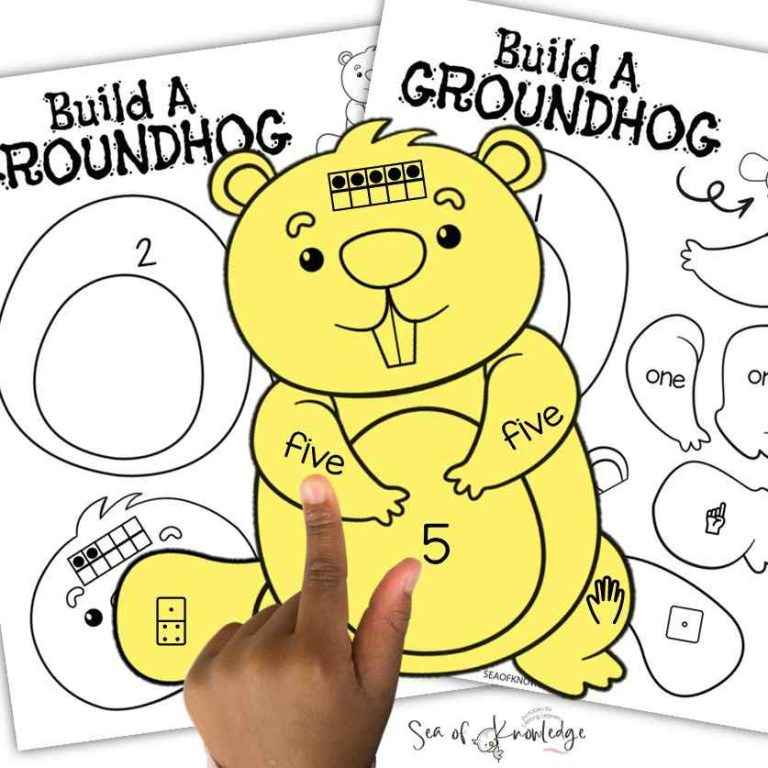
![Empathy Bulletin Board Ideas [In Your Boots Craft]](https://www.seaofknowledge.org/wp-content/uploads/2023/01/empathy-bulletin-board-ideas-768x768.jpg)
![17 Easy Winter Crafts for 3 Year Olds [Low Prep]](https://www.seaofknowledge.org/wp-content/uploads/2023/01/winter-crafts-for-3-year-olds-768x576.jpg)